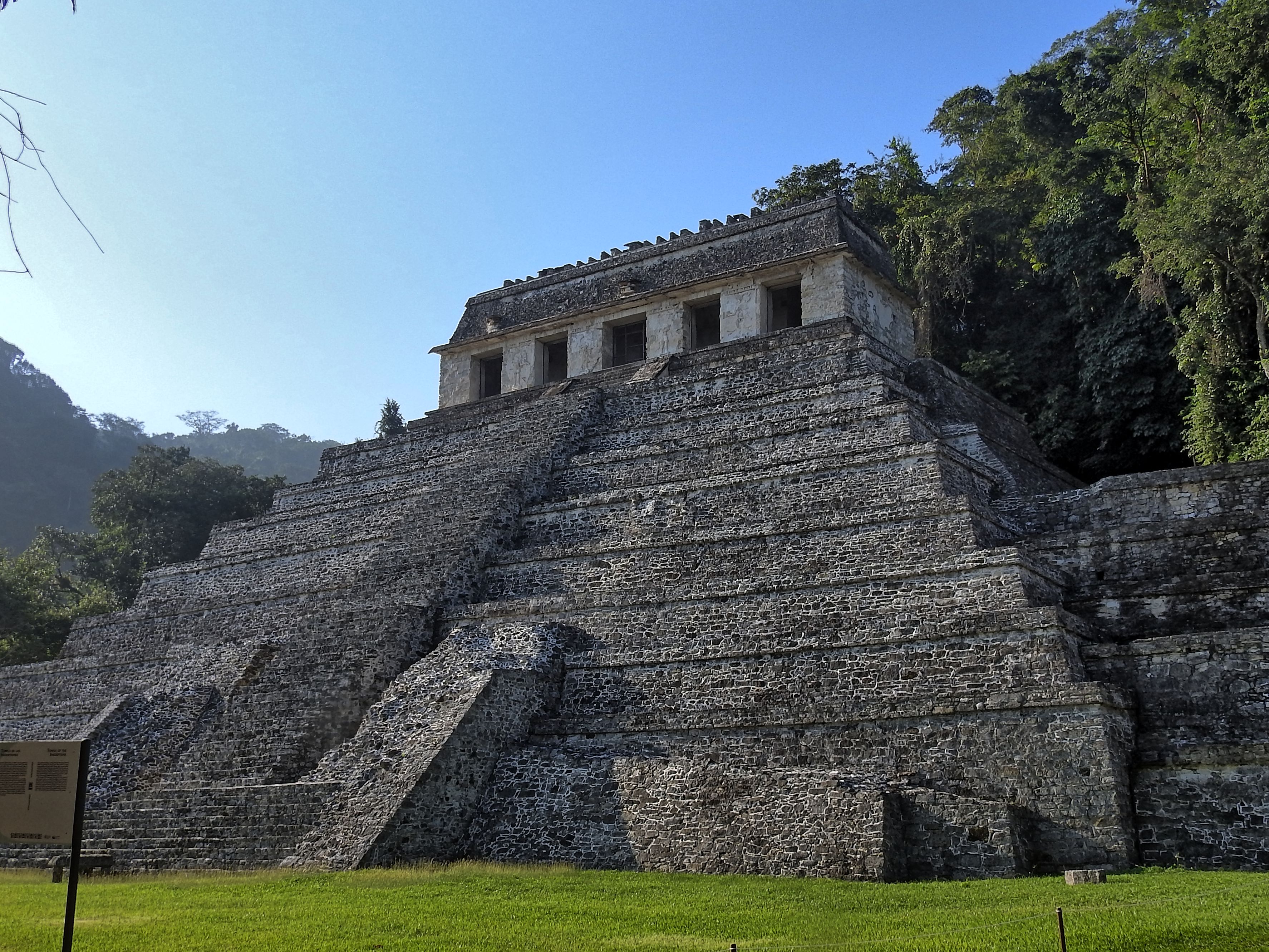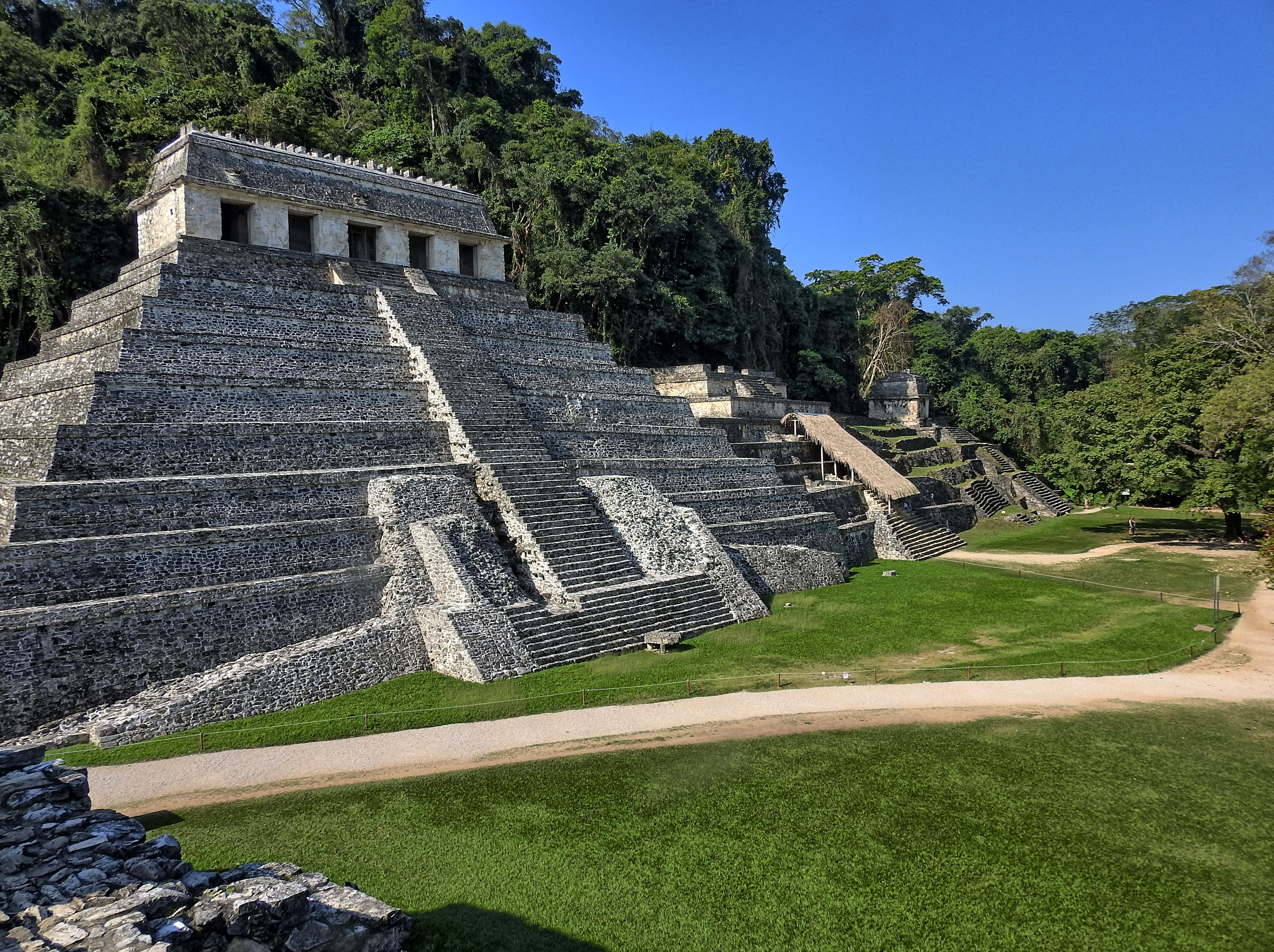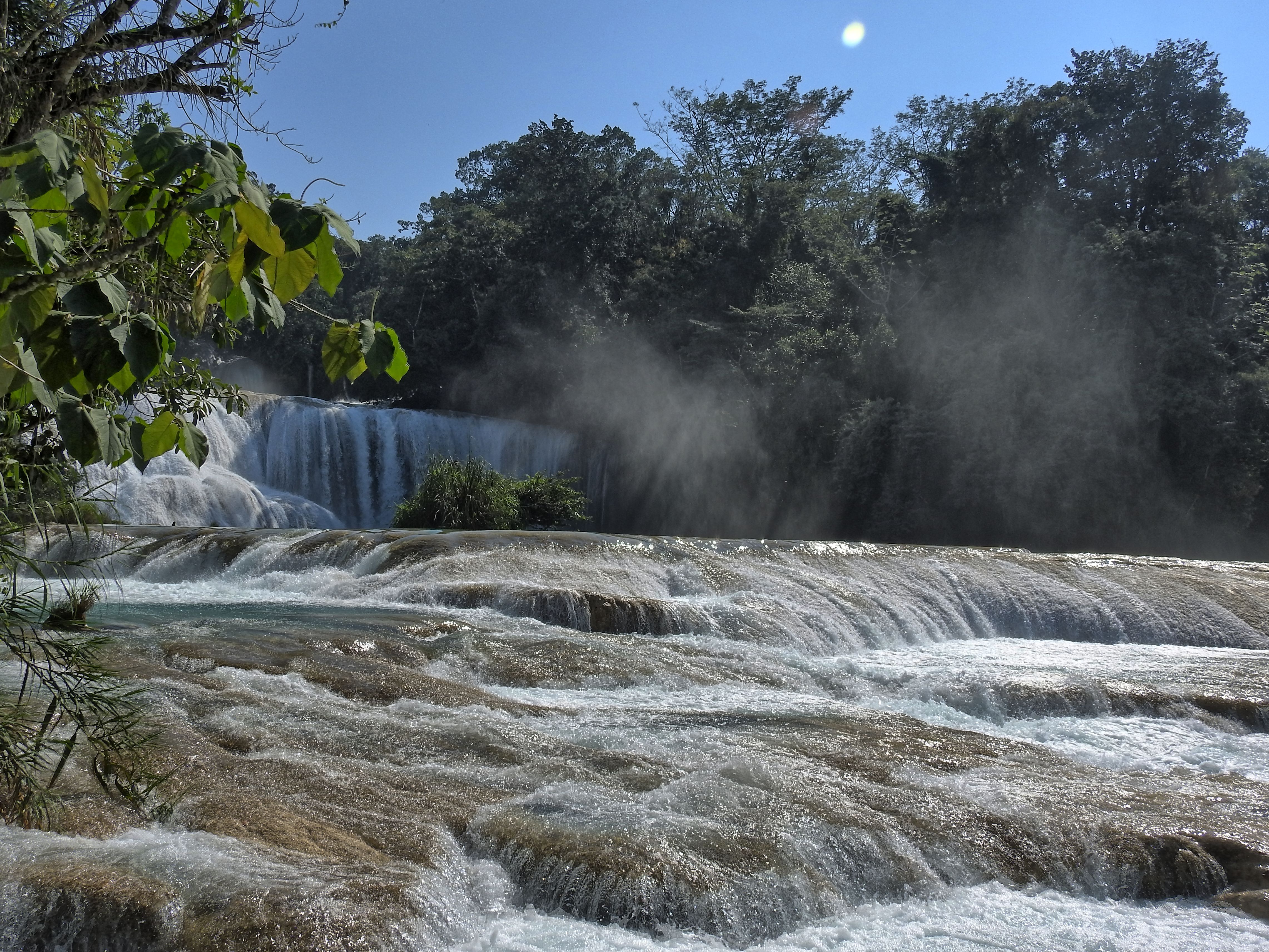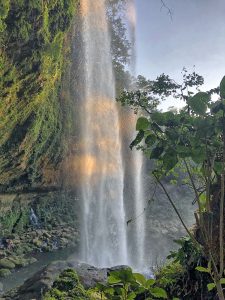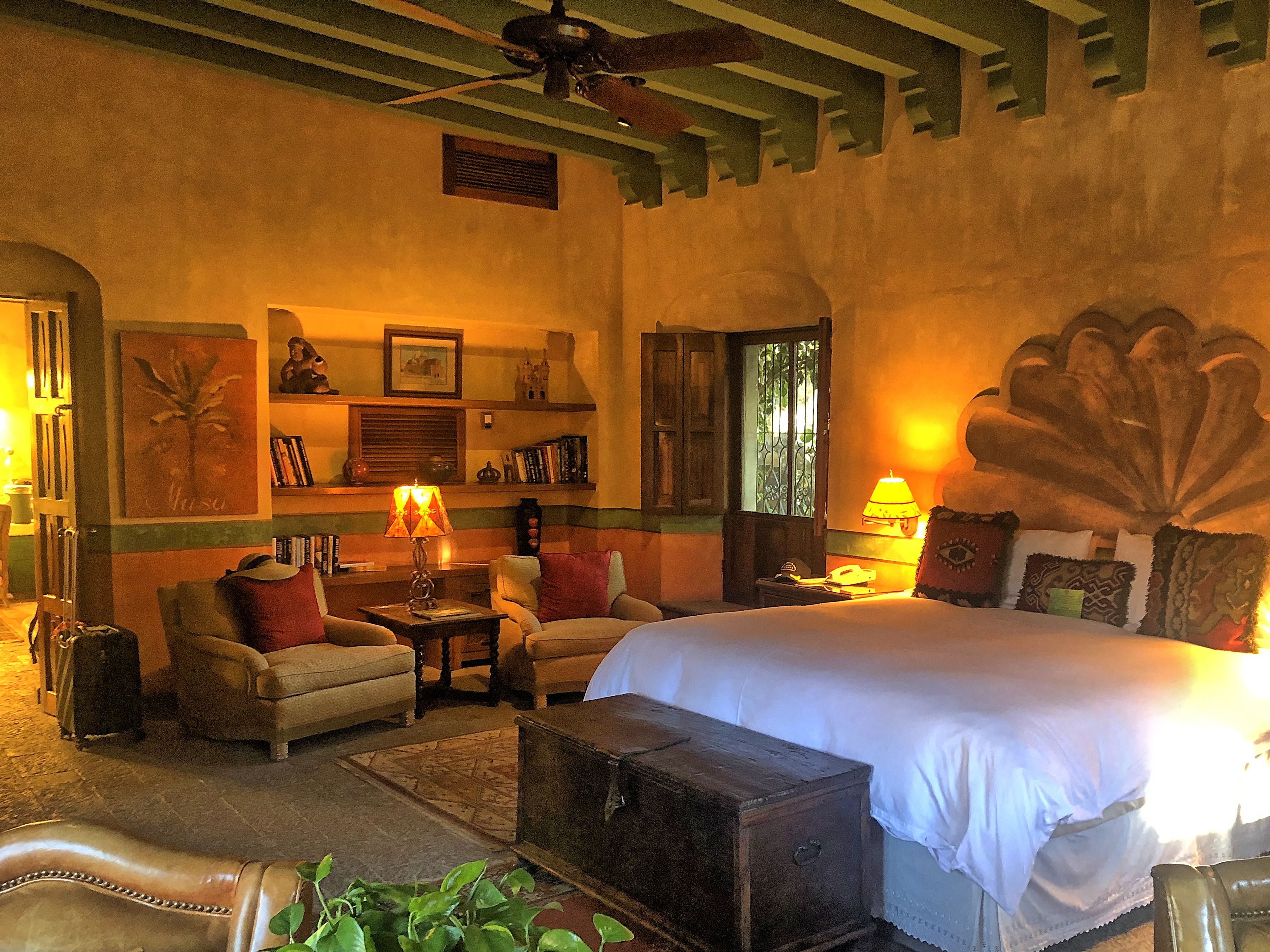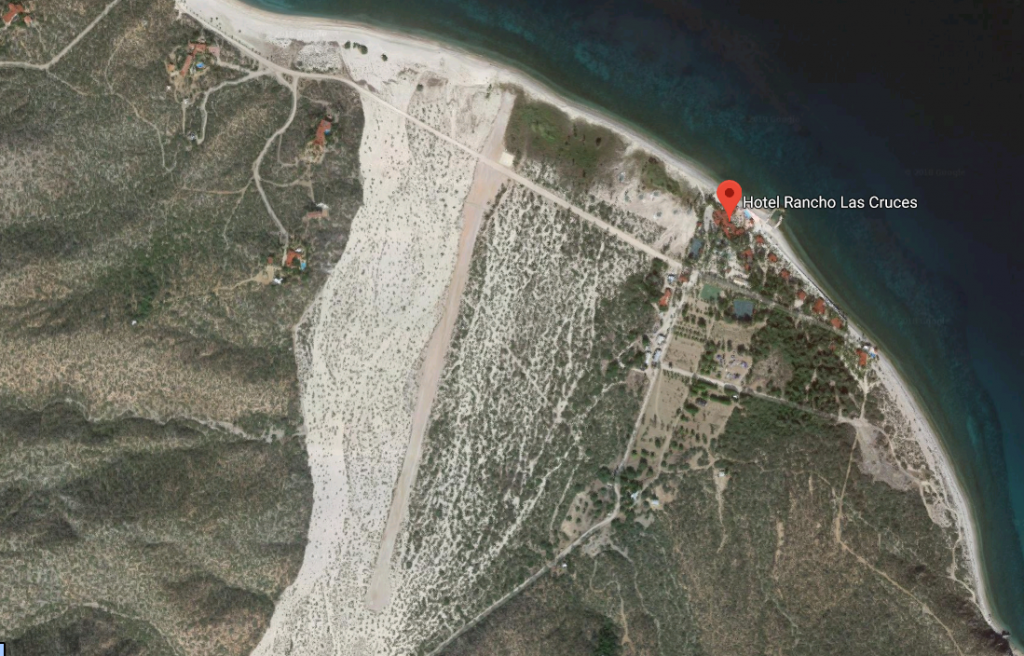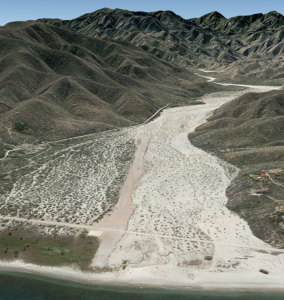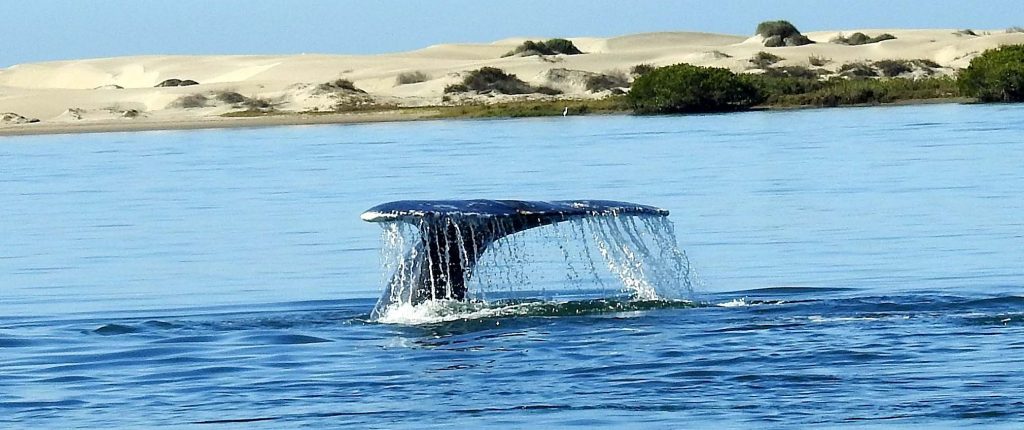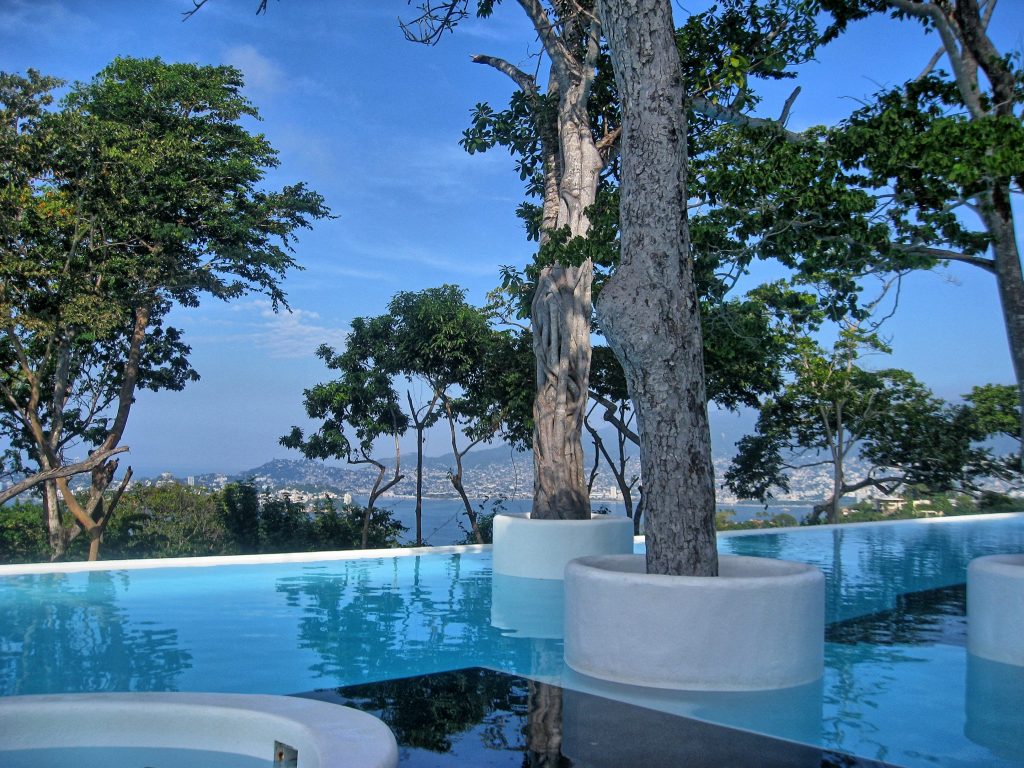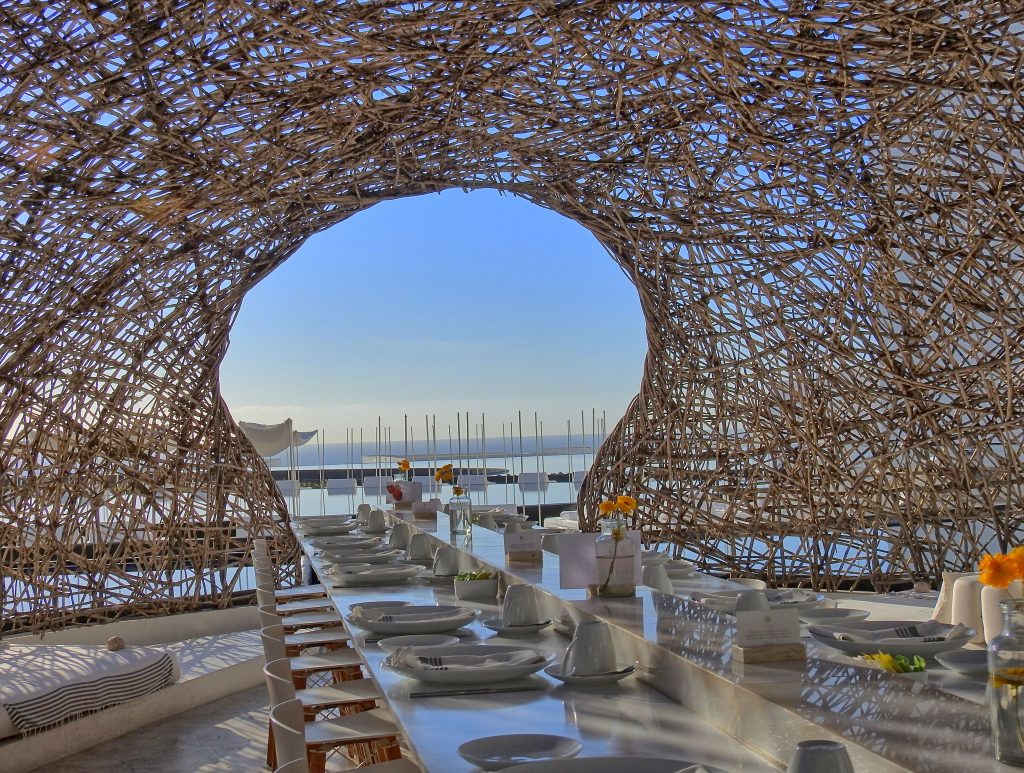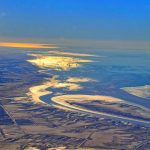I always loved flying long distances and to different countries. Last year, we flew to Guatemala, so it was natural to look further south for this year’s adventure. Unfortunately, neither El Salvador nor Nicaragua have the tourist facilities that we wanted. Honduras was an option with the island of Roatan, but we ultimately decided to fly to Costa Rica.
ChatGPT says that in Costa Rican culture, Pura Vida is a way of life that embodies a laid-back, positive, and optimistic attitude. It’s used as a greeting, a farewell, a way to say thank you, or simply to express that everything is going well. It reflects a philosophy of enjoying life, being grateful, and staying relaxed, no matter the circumstances. The phrase has become a symbol of the country’s friendly, welcoming vibe and the natural beauty and simplicity of life in Costa Rica. I’ve been to the country three times already, and I can confirm that ChatGPT is right.
A while back, we decided to limit the number of airplanes in our group to 12 to reduce the processing time at airports we land. In 2024, Mexico changed regulations for private flights. Previously, an entry permit was valid until the end of the calendar year; now, it is valid only for 6 months. While previously you were getting it upon arrival, now they want all the documents sent 2 days earlier. Which doesn’t change anything because they only start preparing it once you show up. With typical Mexican efficiency, they don’t publish email addresses where these documents are to be sent. They also began to enforce their own version of APIS, except that they still couldn’t build simple online infrastructure to enter the data. Instead, you are supposed to email a monstrously formatted Excel spreadsheet to a central email address and to local Airport of Entry (AOE). Of course, emails to local AOEs are not published. All of that makes me want to avoid Mexico as much as possible. Unfortunately, our airplanes don’t have the range to hop over it.
Oaxaca
We had participants flying in from the West and East Coasts, so McAllen, Texas, seemed the best place to meet before heading South. We departed from home on Friday morning, to a pouring rain and met part of the group in Sedona, where we spent the night.
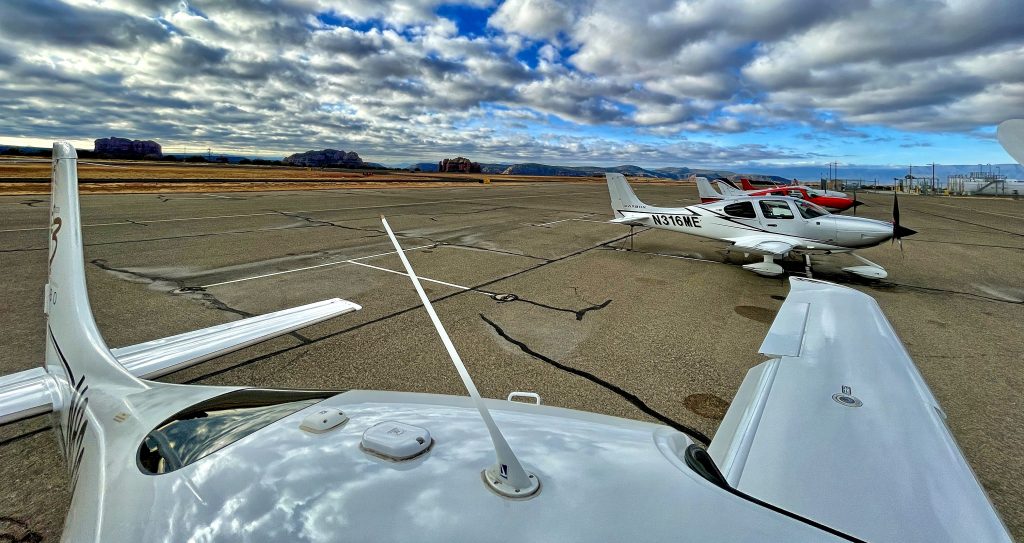
There is a great FBO, McCreery Aviation and Cirrus Service Center on the field, and we prefer that town to the alternative, Brownsville. We had only 11 airplanes in the group because the 12th had last-minute issues that prevented him from participating. Our first stop was Oaxaca, Mexico. One airplane was an SR20, and the pilot felt uncomfortable stretching his range on his first international flight, and rightly so. To help, I accompanied him and arranged for an informal handler to facilitate our entry into Mexico in Tampico. These individuals are present at Mexican airports and charge a $100-$200 fee cash for walking pilots through different offices and collecting necessary stamps. It shows the absurdity of Mexican bureaucracy that something like this is needed.
All the others flew directly from McAllen to Oaxaca. We had a handler in Oaxaca; my previous experiences with group flights there were so bad that this was the only option. The handling costs were quite high for all the paperwork entering Mexico, but they did a superb job of whisking us through the airport, except for fuel. Fuel at most Mexican airports is handled by a government-controlled company, and they are notoriously underfunded. There are no self-service pumps anywhere in the country, and Oaxaca has one fuel truck servicing all of the airport. Given that it takes them about 15 minutes to service one airplane, it took almost 3 hours for all of us to get fuel. All of that under the scorching sun. The handler, Aeorosync, just shrugged at the complaints, “Not my problem.” I tried to explain it was, even if he didn’t have direct control over the fuel, because we were paying him, but the concept of customer service was lost to them. While Oaxaca is a fantastic city to visit and a convenient stop for flights to Central America, this is the last time I will bring a group over there.
We stayed in Quinta Real, which is located in the beautiful Santa Catalina de Siena Ex-Convent, located in the heart of the city. We walked a few blocks to the center, looking for a shop selling mole, and stumbled on a parade. Dinner was in a fantastic restaurant, Catedral, which served a mouth-watering variety of different mole-based dishes. During our previous trip, we were already in that restaurant in 2019, and the food tasted even better this time.

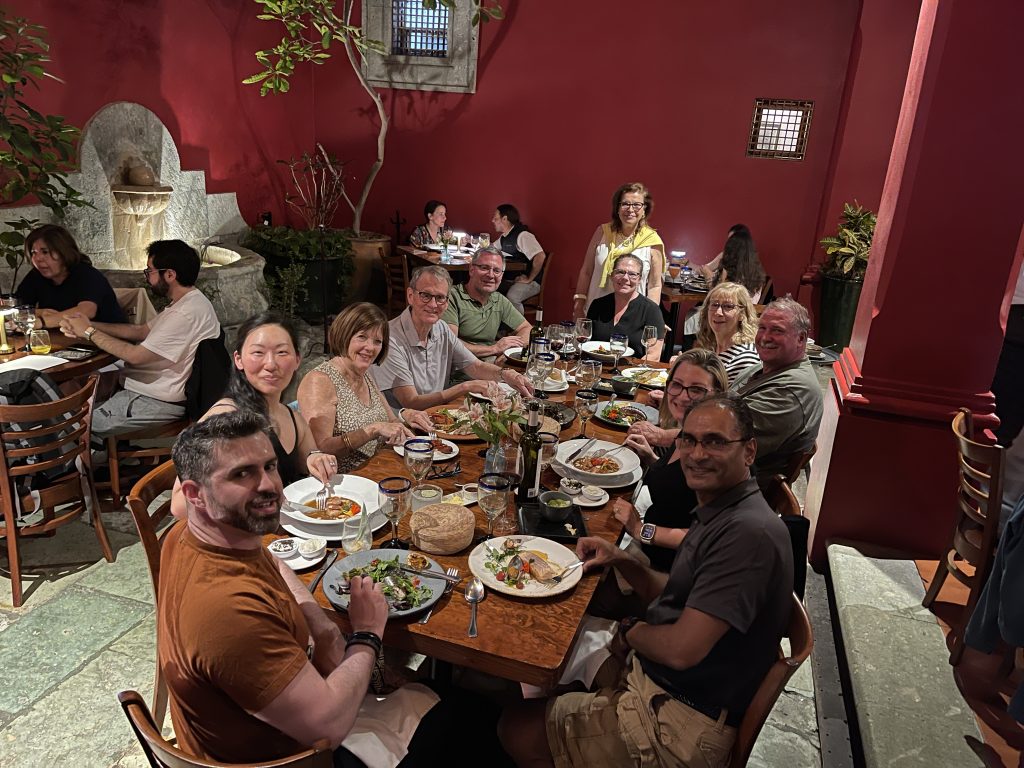
Overfly permits
The following day departure was fast, it was a domestic flight to Tapachula, a small town at the border with Guatemala. It is a sleepy little airport with grumpy personnel. We managed to get fuel and pass outbound immigration and customs checks without having to take our luggage out of the airplane through an ancient X-ray machine.
To overfly Guatemala and Nicaragua, you must apply for an overflight permit. El Salvador is the only country in Central America that realized that overflight permits are useless bureaucratic processes. These countries have no way to verify that the data I submit is correct, that my passenger and I are in the airplane, or even that the airplane is what I say it is. They don’t have the Air Force, so if I choose not to talk to them on the radio or ignore their instructions, there is nothing they can do to stop me from overflying their territory. Still, this is a group trip, and while I might be tempted to engage in such shenanigans while flying alone, I would never put others in that position, so I applied for permits.
I did that two weeks before departure, which turned out to be a mistake because Guatemala permits are valid only for 14 days. It took 3-4 iterations to submit the application and copies of required documents exactly as they wanted it, but I got permits for all the group. For Nicaragua, it was easier; they only wanted $100/airplane for the privilege of overflying their country. The positive side of the experience is that both countries replied to applications within a day and that the permits were valid for outbound and return flights. In case of Nicaragua, it was only for the specified dates, so if you change your mind when you want to fly back, it is another $100.
We had a handler in Liberia, and I highly recommend getting one; even if you fly by yourself, it saves an enormous amount of time. South of Mexico, you are in permit land, all the way to the South Pole, and handlers are essential. Aerologistica provides fantastic service. They waited for us upon arrival; the fuel truck was there; they whisked us through the immigration and customs via crew lines and packed us into buses for a ride to our first hotel. It took less than half an hour from landing to the bus.
Costa Rica

Casa Chameleon at Las Catalinas is about an hour’s drive from Liberia on the Guanacaste coast. It is part of the recent development, including a modern village with shops and restaurants, timeshares and more hotels. Rooms are beautifully appointed, with small private swimming pools. Both restaurants at the property have similar menus, but we also went to the village for a great dinner at Hotel Santarena. Many activities are available, including sailboats, ATV rides, and zip lines, but we opted to simply relax in the hotel and take it easy.
After three nights and two full days, it was time to go. Our next destination, Hacienda AltaGracia, is located in the central part of the country, with jungle and mountains. There is an airstrip next to the hotel, but it is only 1,700’, which I felt was too short for us. Equally importantly, there is hardly a space to park one airplane, let alone 12. The hotel refused to let us land there, and I didn’t insist for the reasons above. If I fly to Costa Rica myself, I will definitely plan to land on that airstrip; it is doable with proper technique. There is a significant upslope, so it is effectively one way in, one way out runway, and once you are on short final, you are committed to land, there is no go-around.

Instead, we flew to Tobias Bolanos or Pavas Airport (MRPV). There are two airports in San Jose, Costa Rica. The main international airport Juan Santamaría (MROC) is not very GA-friendly. Although I landed there in 2022, they were reluctant to accept and provide parking for 12 airplanes. It took over half an hour to hop over from Liberia to Pavas.

This time, we had to wait longer to refuel, and they made us haul the luggage through X-ray machines before we boarded private charter flights to Hacienda Altagracia. We had three Cessna Caravans chartered. It was a short 20-minute flight, and the pilots were very skillful in putting the airplanes down on the short field, having done that thousands of times.
Hacienda AltaGracia is an all-inclusive luxurious resort located in Perez Zeledon canton in the central part of the country. Composed of beautifully appointed casitas, many with a private swimming pool, restaurants, spa, and stables, it is an ideal place to relax for a few days. Many optional activities include horse riding, canopy tree climbing, electric mountain biking, nature walks and hiking in the Talamanca mountains, ziplining, and many others.
February is a dry season in Costa Rica, but we had daily rains, and on the day of departure, it was low overcast with limited visibility. The plan was to board our charter flights back to Pavas, but the charter planes couldn’t land at the Hacienda airstrip in those conditions. After an hour’s wait, when it became clear that the weather would not improve, we had no choice but to board a bus for a ride back. What was supposed to be a half-hour flight turned into 4 four-hour bus ride, putting us significantly behind the schedule.
Acapulco
The departure from Pavas was relatively fast despite this being an international flight, and we launched at about 1 pm for a 3.5-hour flight back to Tapachula. The SR20 didn’t have enough range to fly from Pavas, so the pilot flew back to Liberia to top it off. We knew that Tapachula airport closes at 6:30 pm, in spite of being a mandatory Airport of Entry coming from the South. By the time he was ready to fly out, it was already 2:30 pm, and he had correctly chosen to stay overnight in Liberia. Nicaragua refused to accept his flight plan the next day because his permit was valid for only the specific date. It was too late to request a new one, so he flew G436 airway outside of Nicaragua FIR and outside of glide range to the coast.
Everybody else launched for Tapachula via Managua, but as soon as we were over Nicaragua, we got direct to a fix at the border with El Salvador. We arrived at the destination between 4:30 pm and 5:00 pm, and that is when the fun began. First, the immigration officer told us it was OK to leave the luggage in the airplane, then the customs officer insisted that we bring all inside and put it thru an X-ray machine. When we brought it inside, he promptly disappeared for half an hour. We chased him on the tarmac, and he reluctantly returned to affix the required stamps on our flight plans. It was already about 5:30 pm, so our next leg would be after sunset. Since there is no night VFR in Mexico, we were all filing IFR to Acapulco. This was when the commandante invented a new rule prohibiting single engine night IFR flight in Mexico. There is no such rule, but that didn’t prevent him from researching the topic for another half an hour before finally relenting and stamping our flight plans. We rushed to the airplane and managed to depart, followed by about half of the group. The 6th airplane received a clearance with instructions to taxi and hold short of the runway, and when he was there, he was instructed to taxi back to the ramp because the airport just closed. The remaining part of the group had to spend the night in Tapachula, and it is most definitely not a town you would ever want to visit.
It was the second time in my 20+ years flying in Mexico that I encountered such bad faith behaviors. I wish I could say, like for Oaxaca, that we will never return to Tapachula, but unfortunately, that is the only choice.
Our night flight to Acapulco wasn’t easy either; we had IMC conditions with icing at 14,000 and lightning around. It was also a very long day, but we arrived around 9:30 pm at a completely deserted airport. We arranged transportation ahead of time; the vans were waiting and hoped on for a 20-minute ride to Encanto Hotel.

We’ve been to Encanto in 2013, the idea was to visit Acapulco, but we fell in love with the hotel and didn’t leave for 4 days. It was designed by a famous Mexican architect, Miguel Angel Aragonés, and is truly an architectural marvel. We planned to visit with our group in 2024, but hurricane Otis devasted the city, and everything was closed. We promised ourselves we would return, and we did. You can still see the damage that the hurricane inflicted on the city, but the hotel was new, and we enjoyed a day of rest. This was the last stop of our trip, and some participants departed towards Texas, while a large part of the California group stopped for another day or two in Hacienda de los Santos. One pilot had to return earlier and flew from Tapachula via Cancun to Key West.
The weather throughout our trip was VFR, except for the night flight to Acapulco. Even there, we could have flown VFR remaining below clouds if it was day. Mexico has become more difficult, bureaucratic, and, in some places, outright hostile. As much as I used to be a chief apologist for Mexican chaos in the past, I now wish we had the range to overfly that country. After 35 hours of flight time and 5,600 miles flown, it was good to be home.
Organized trips like this one are a great way to spread the wings outside our
borders without the stress of dealing with different languages, different procedures and unfamiliar rules. Flying in a group is easier and safer. We communicate on an air-to-air frequency about any unexpected issues, interesting sights or ATC directions. A camaraderie develops during
flight debriefings, which invariably take place in a bar and often persist well
after a trip is completed.




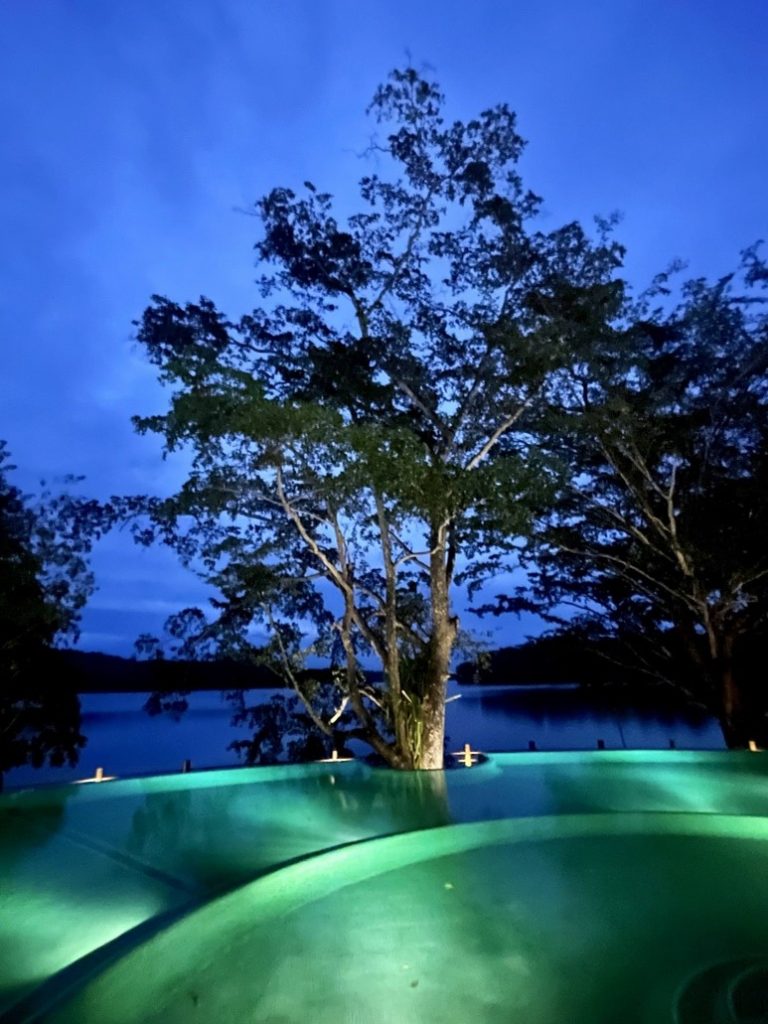
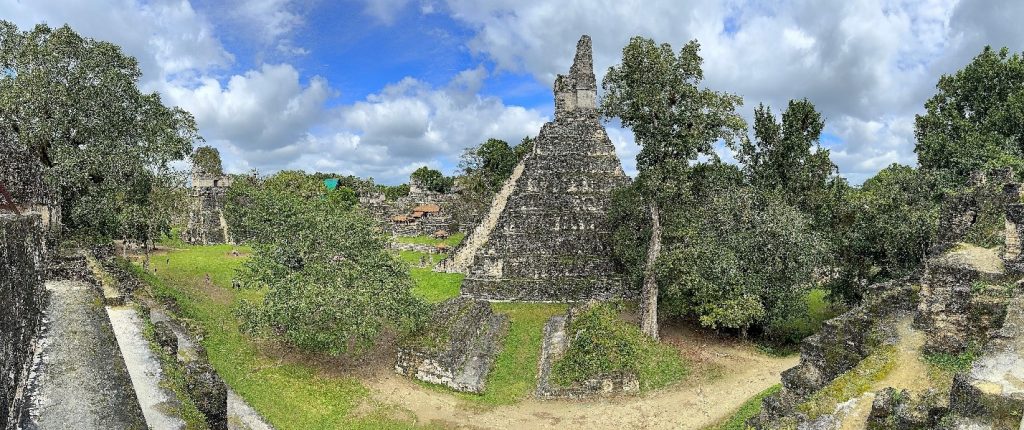

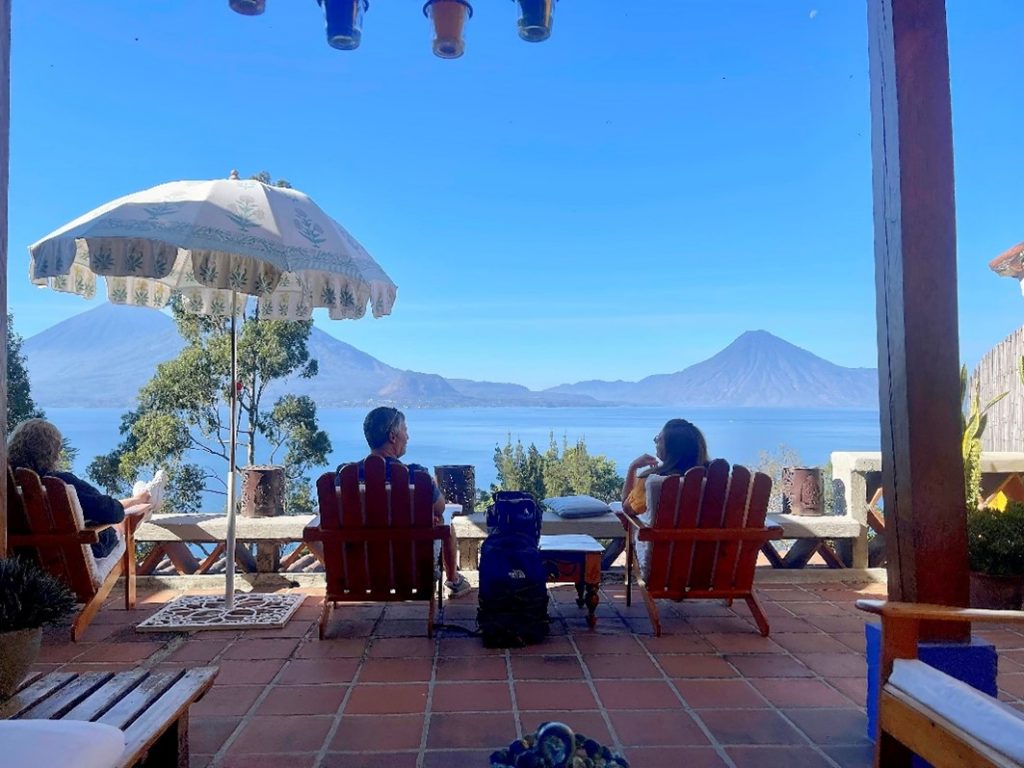
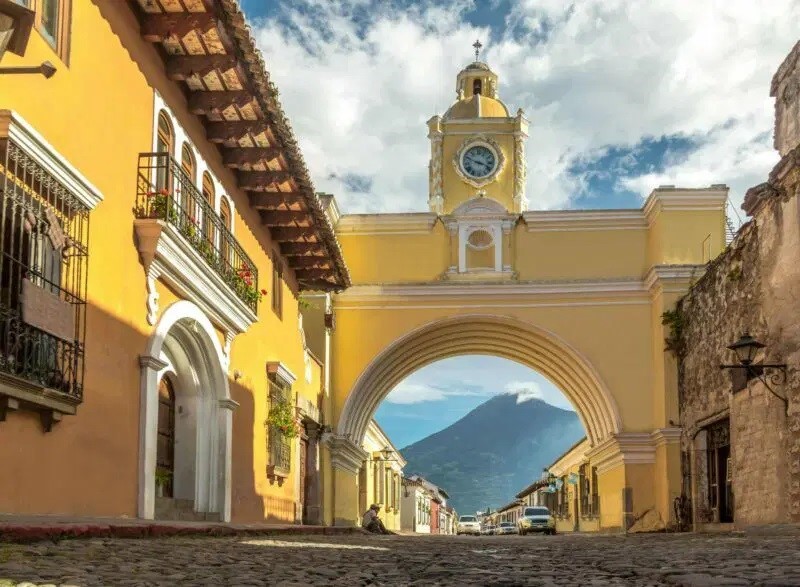

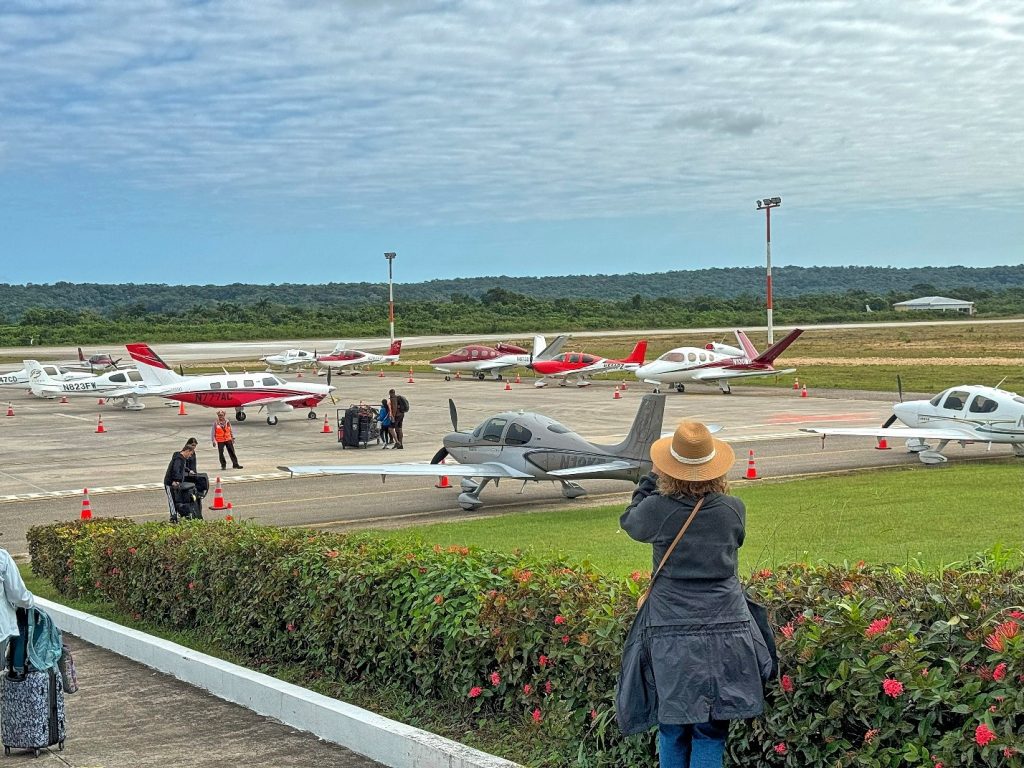
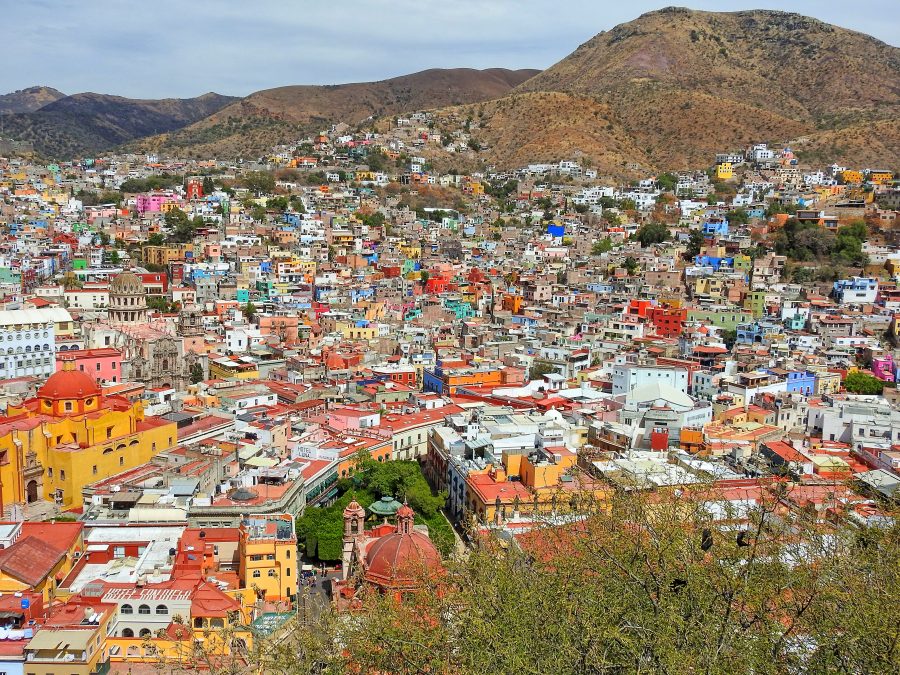
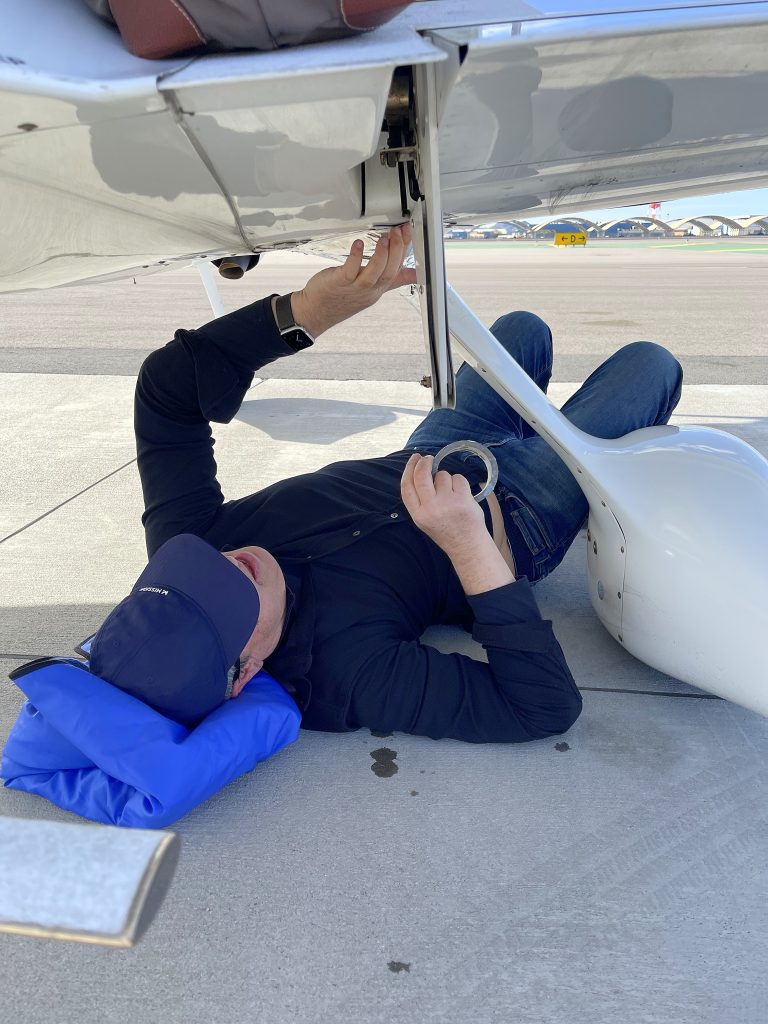
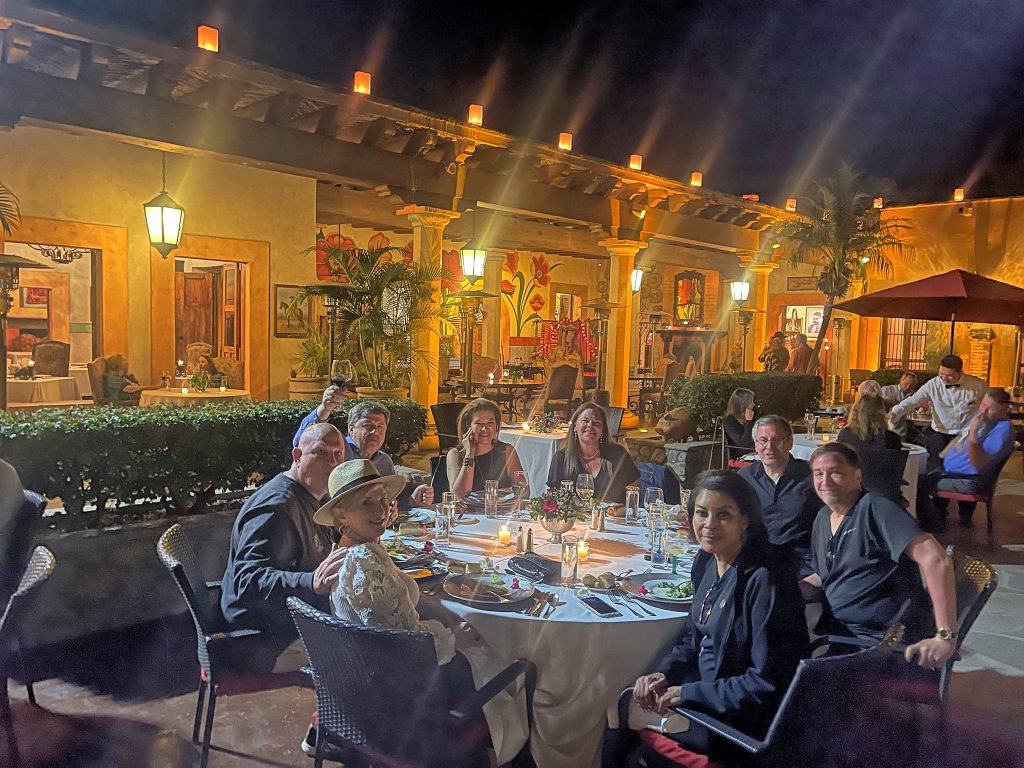
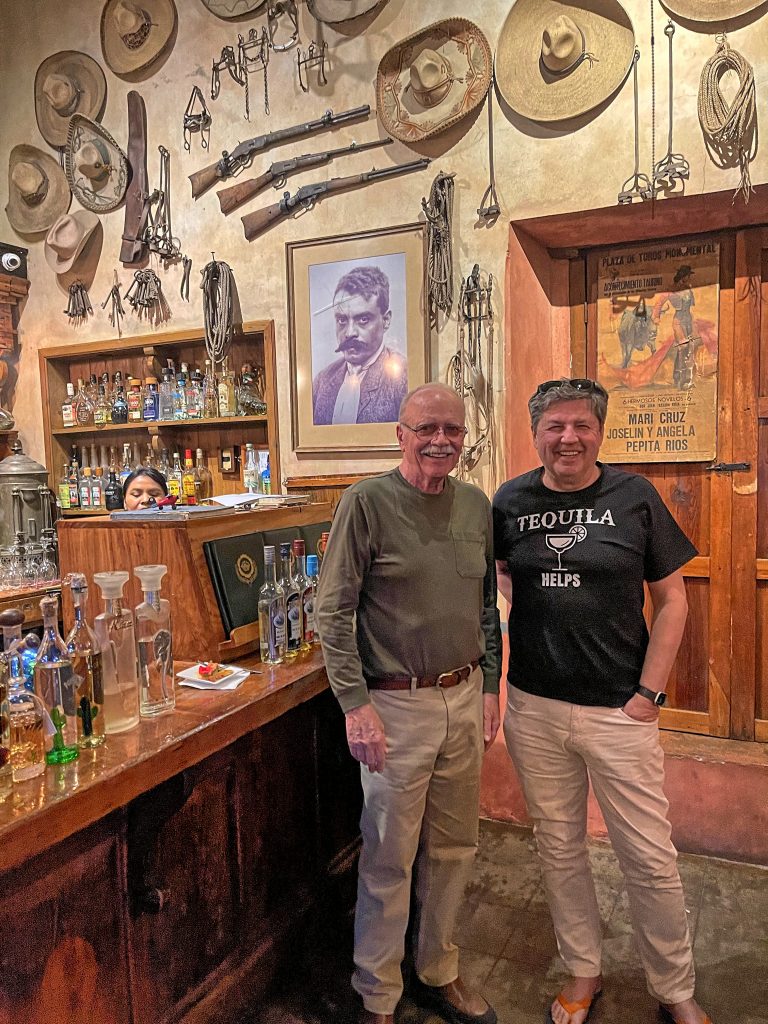
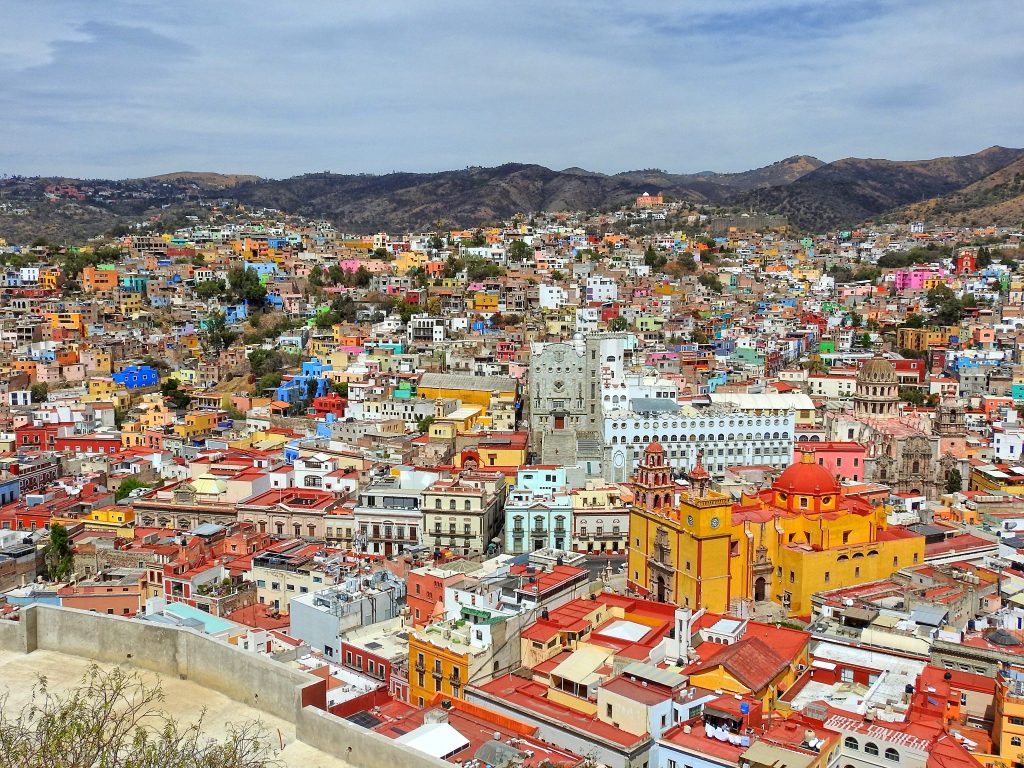
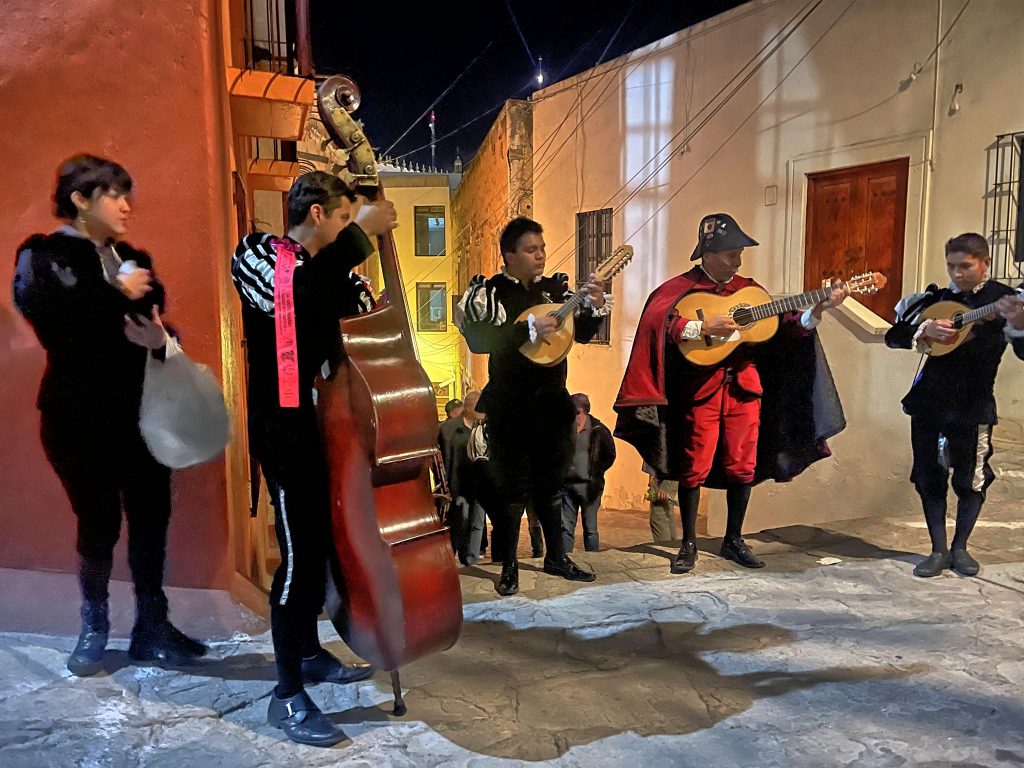
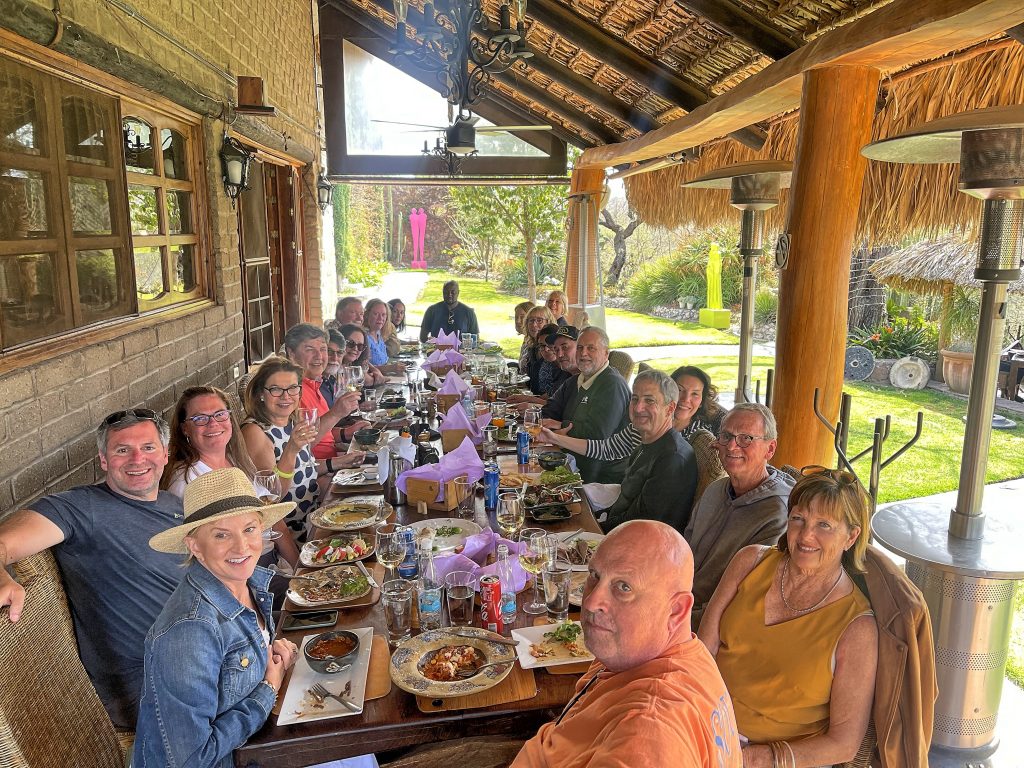
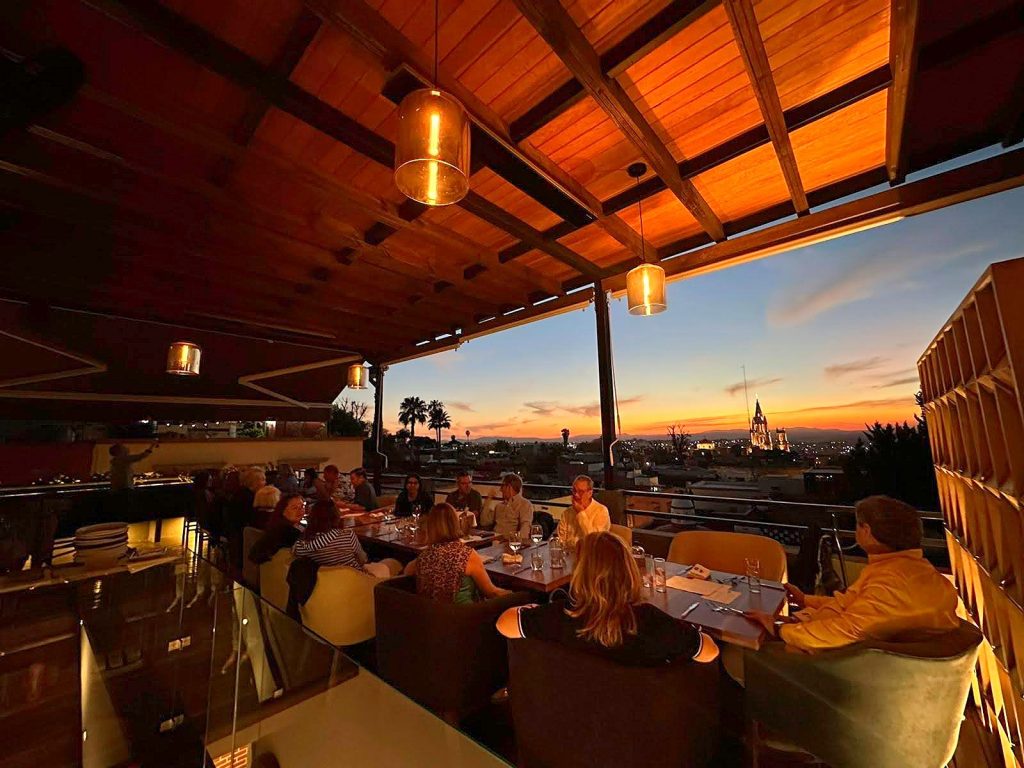
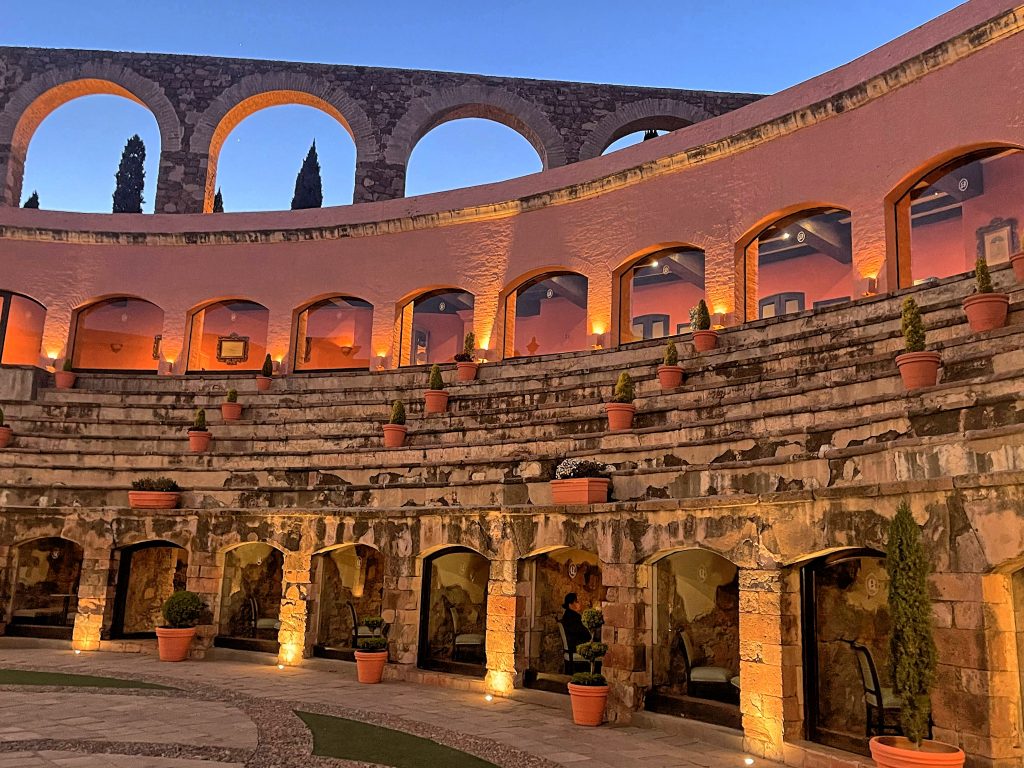
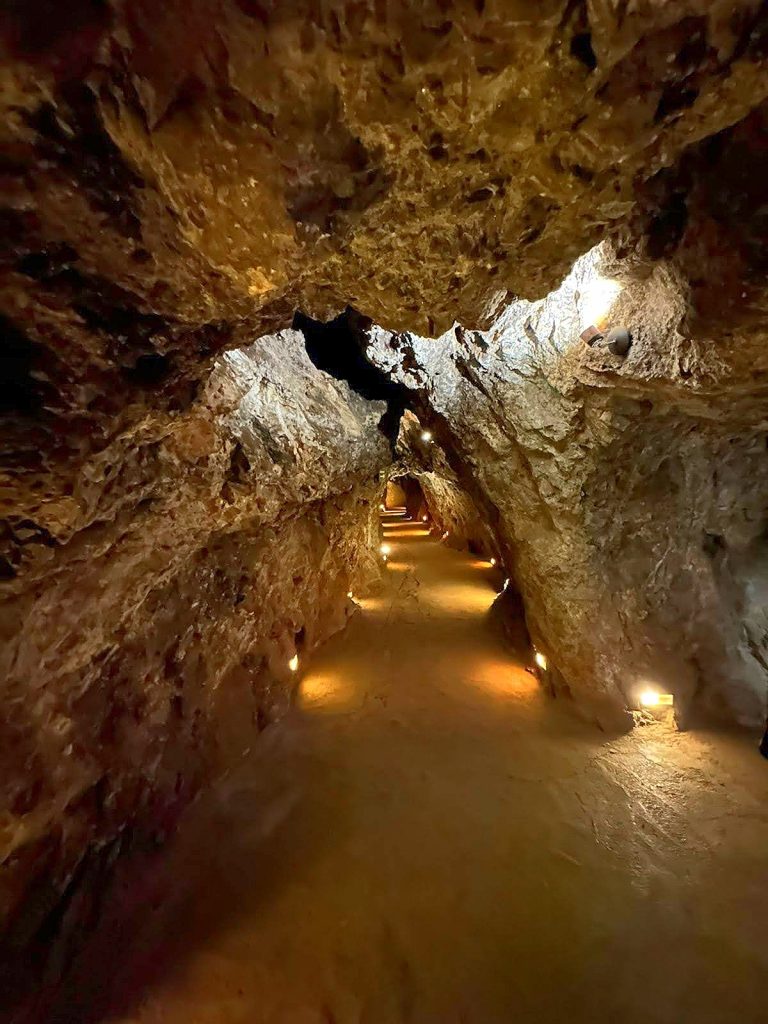
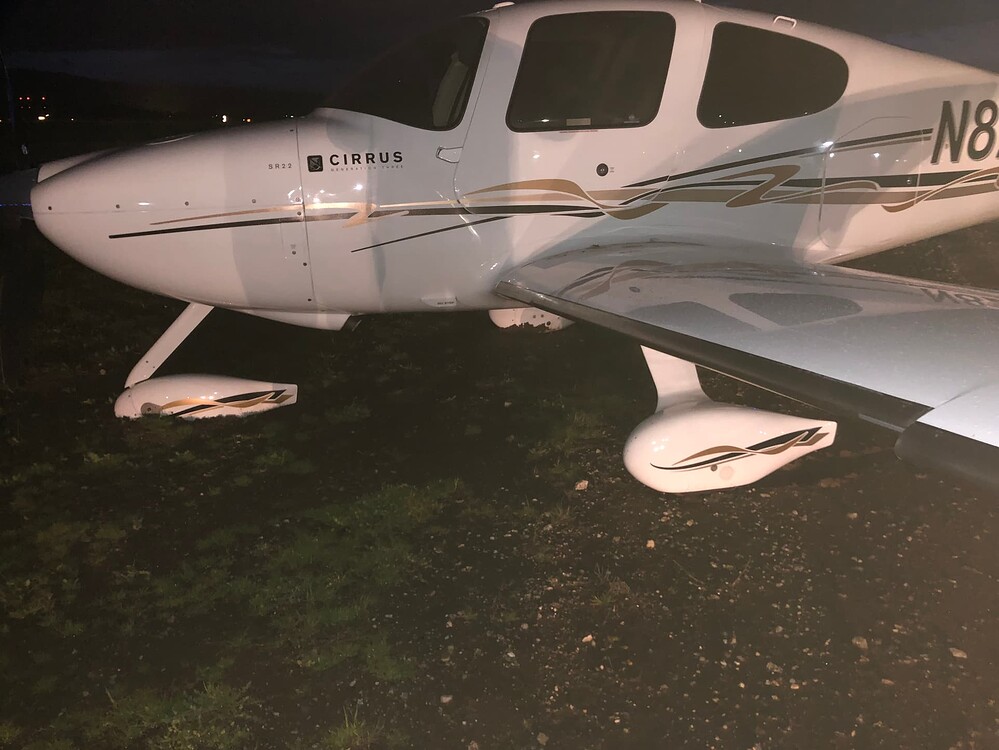
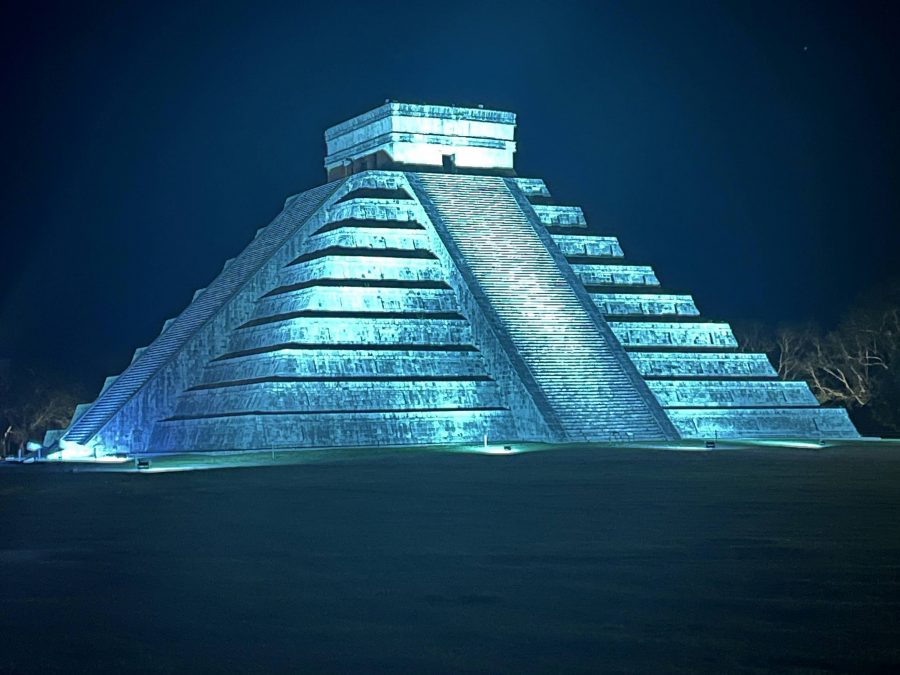
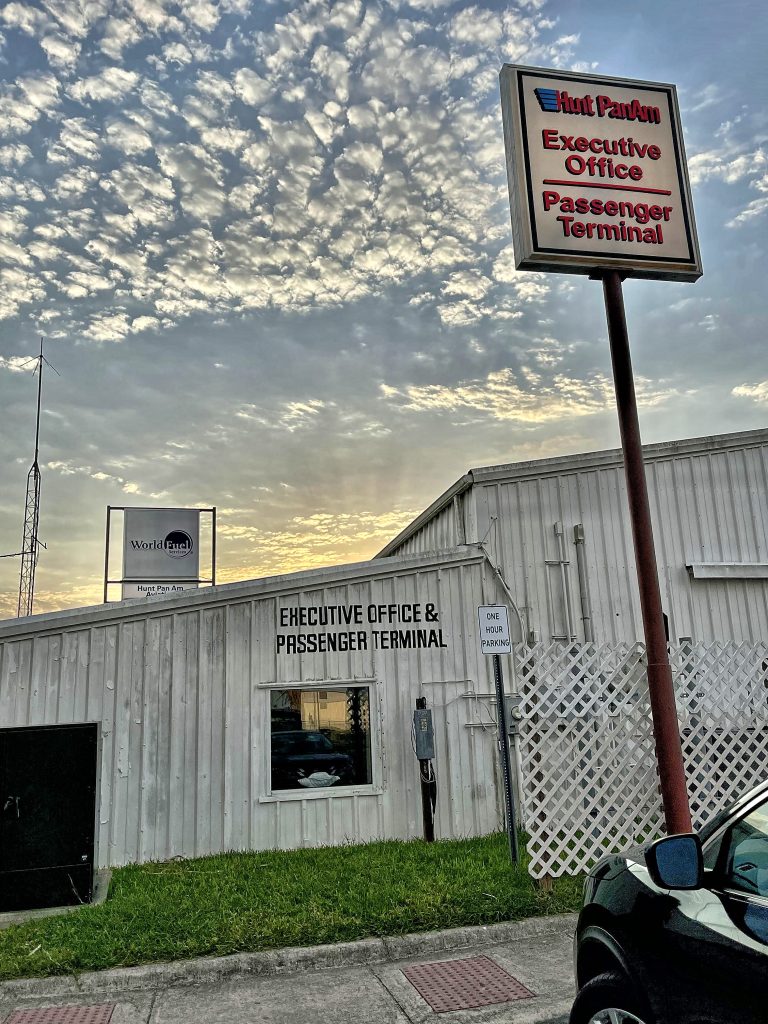
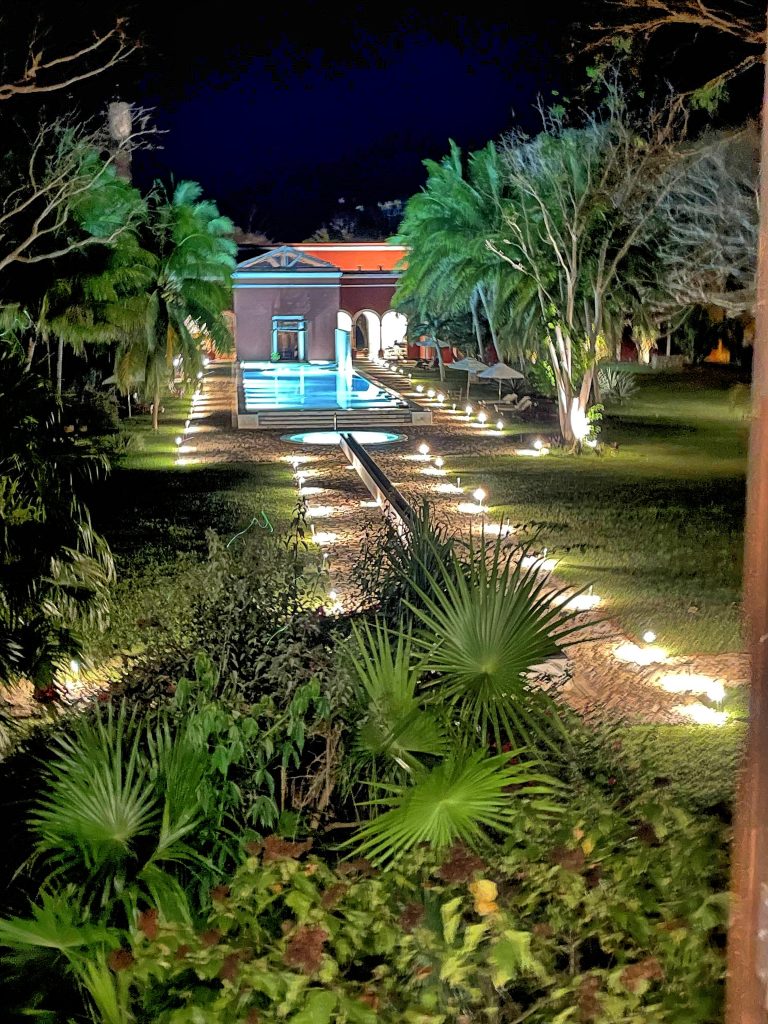
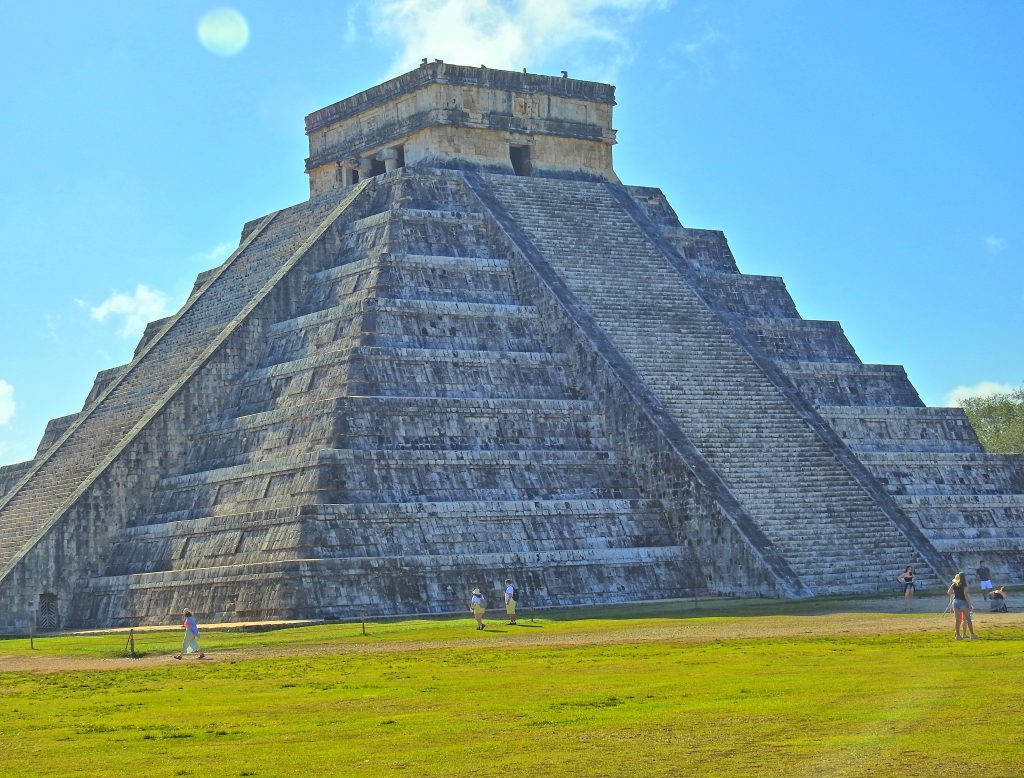
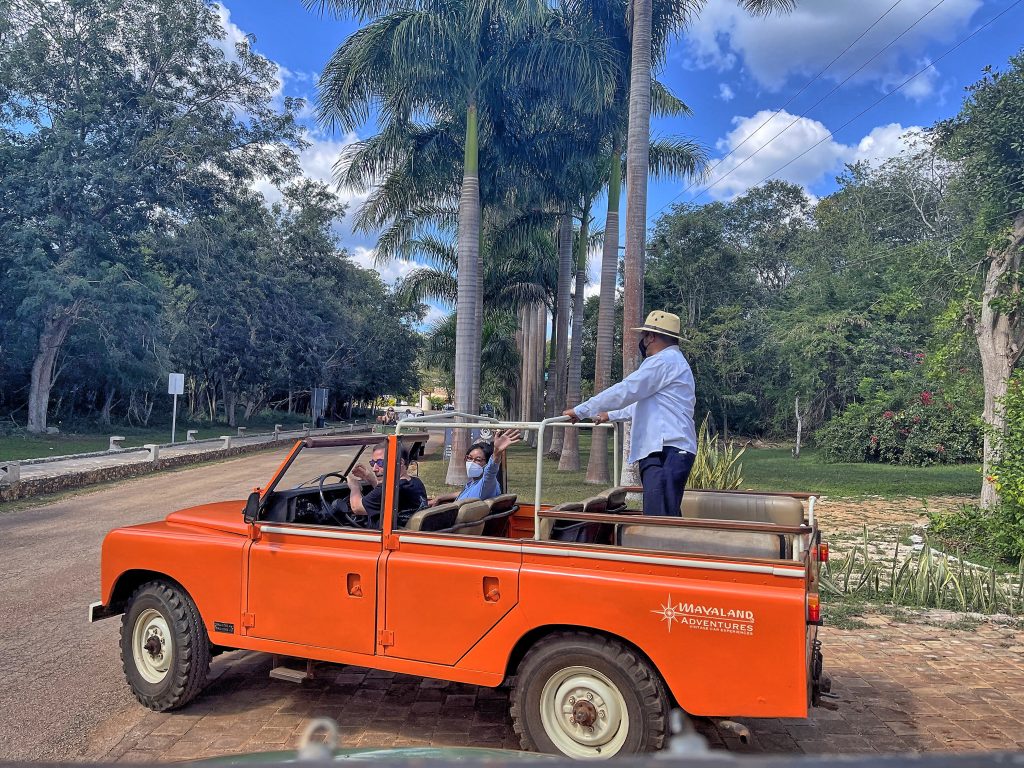
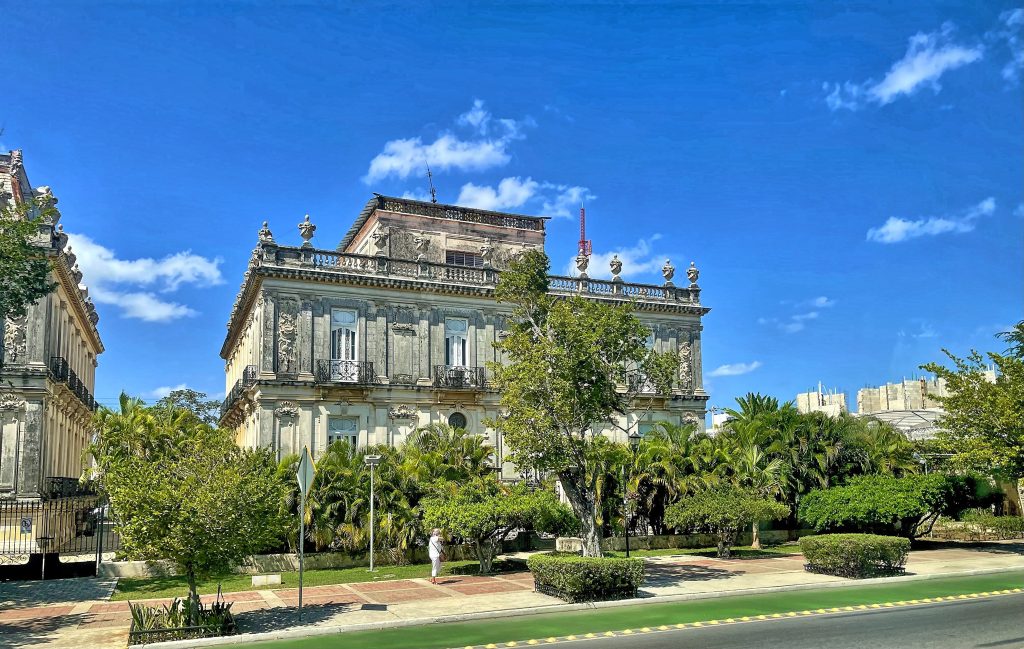
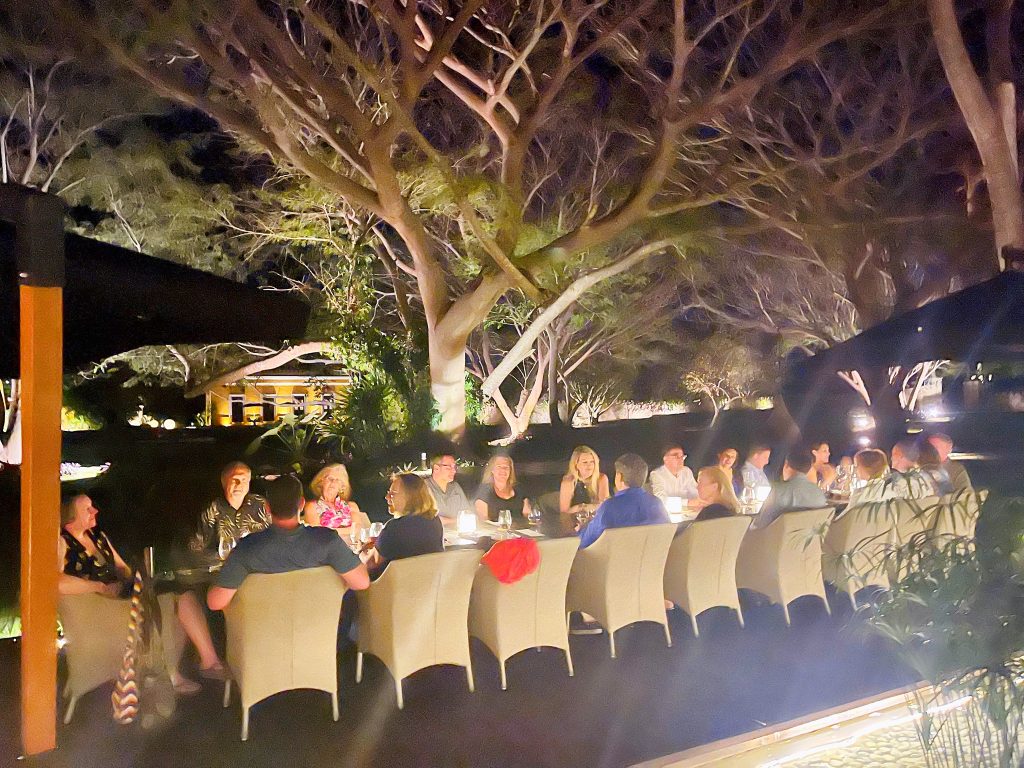
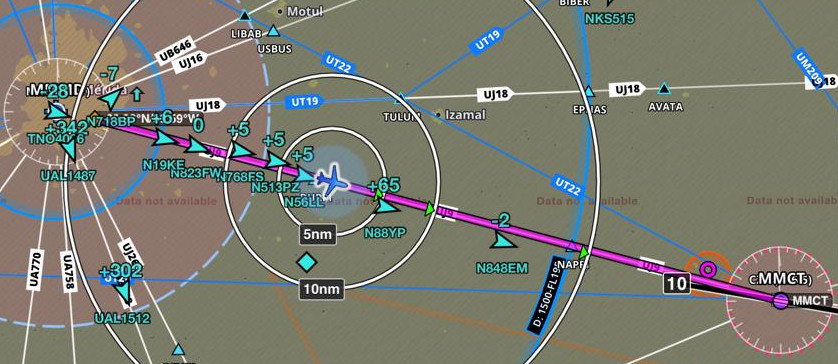
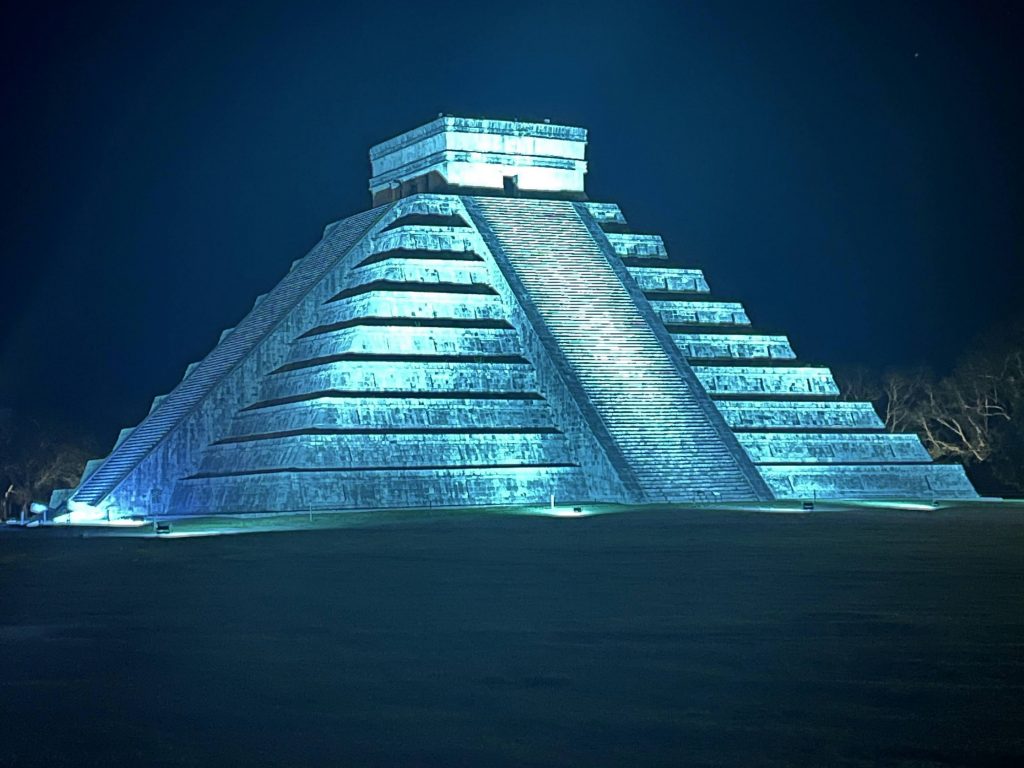
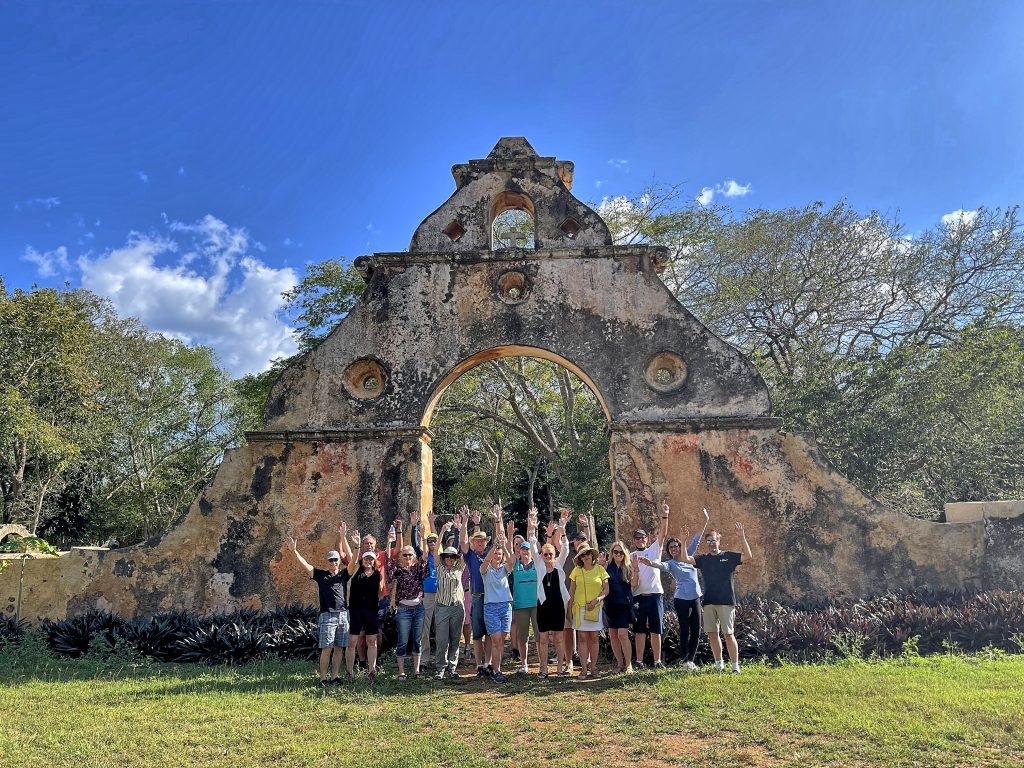
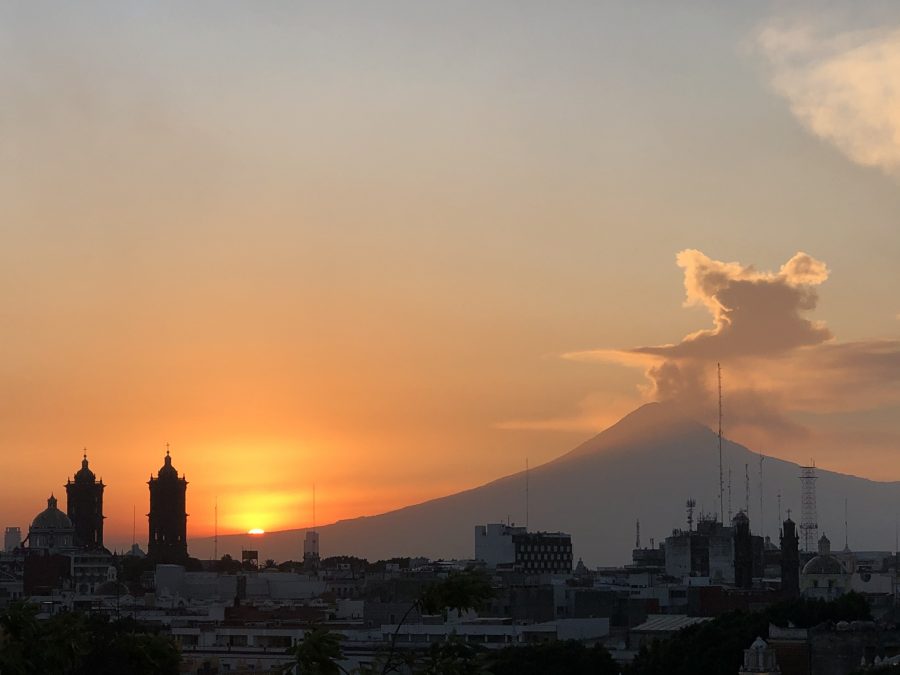
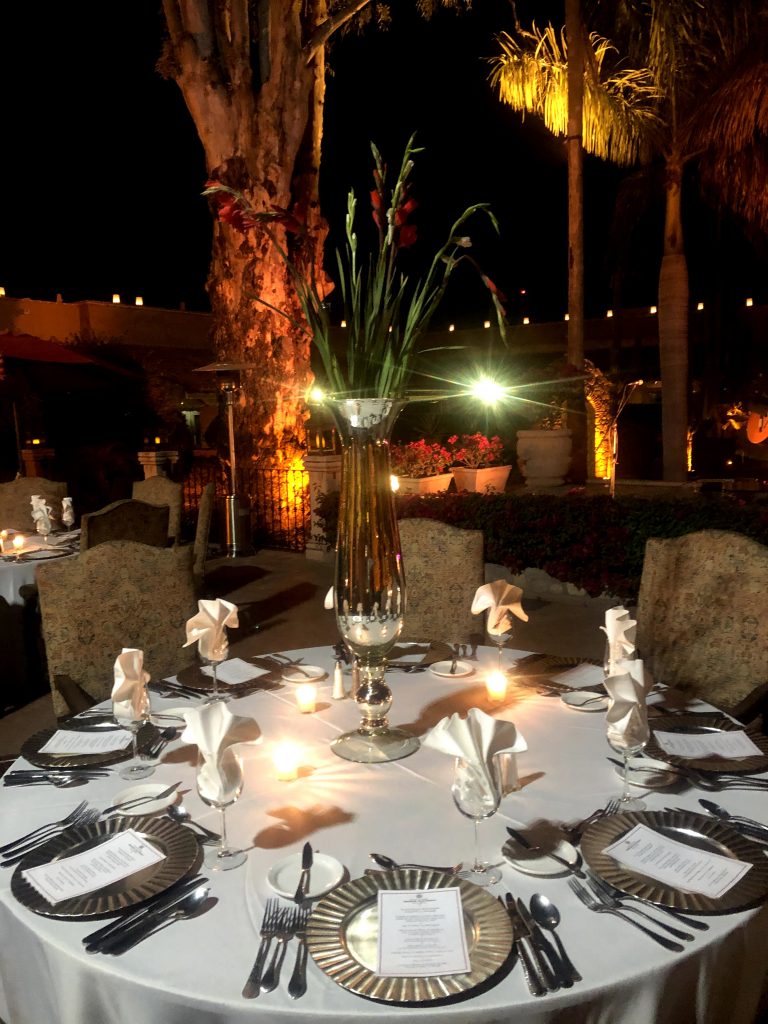
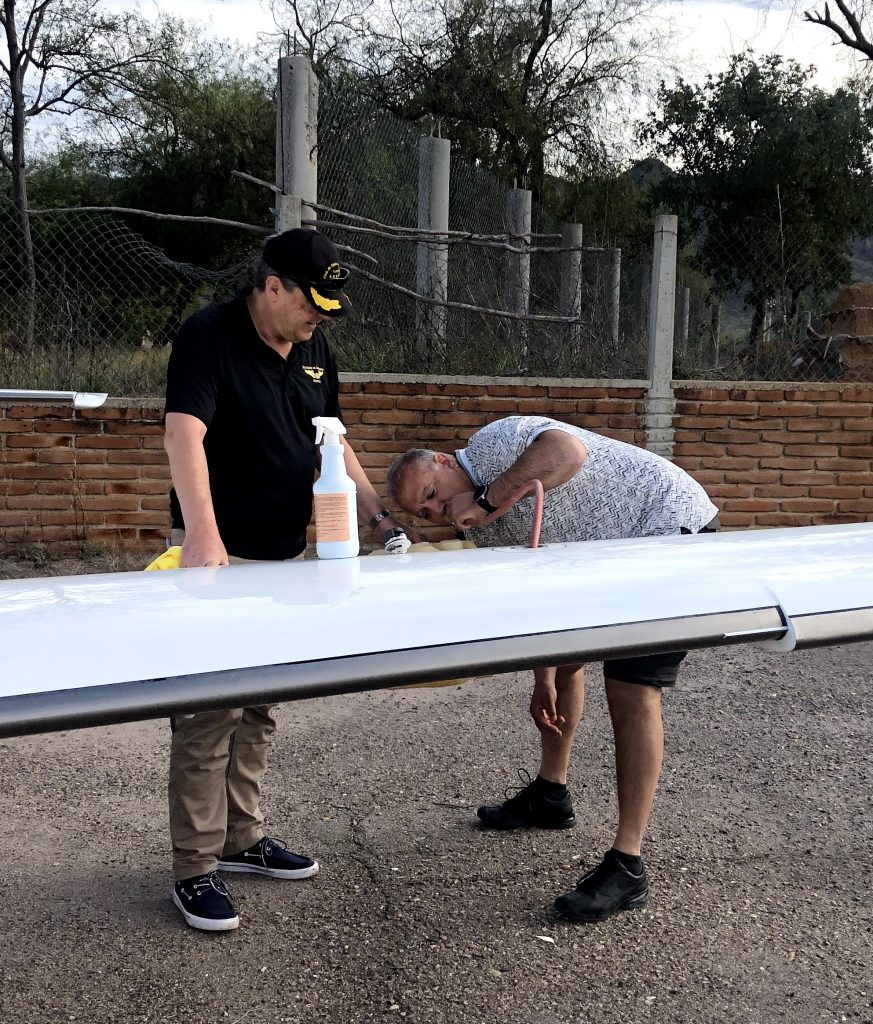
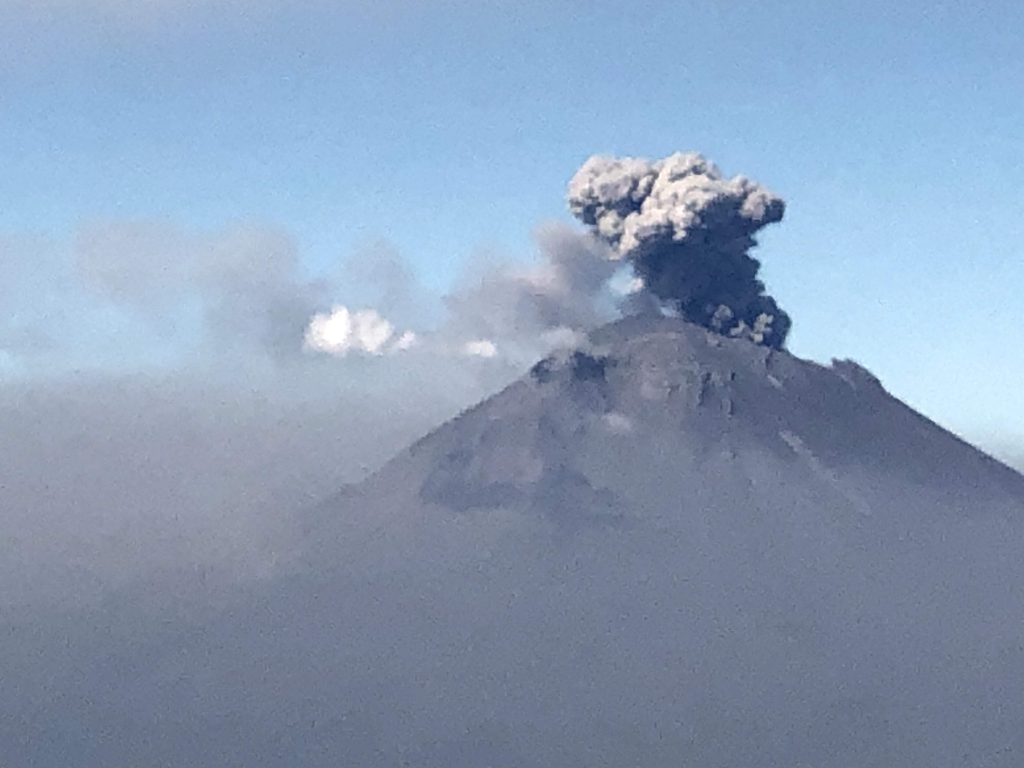

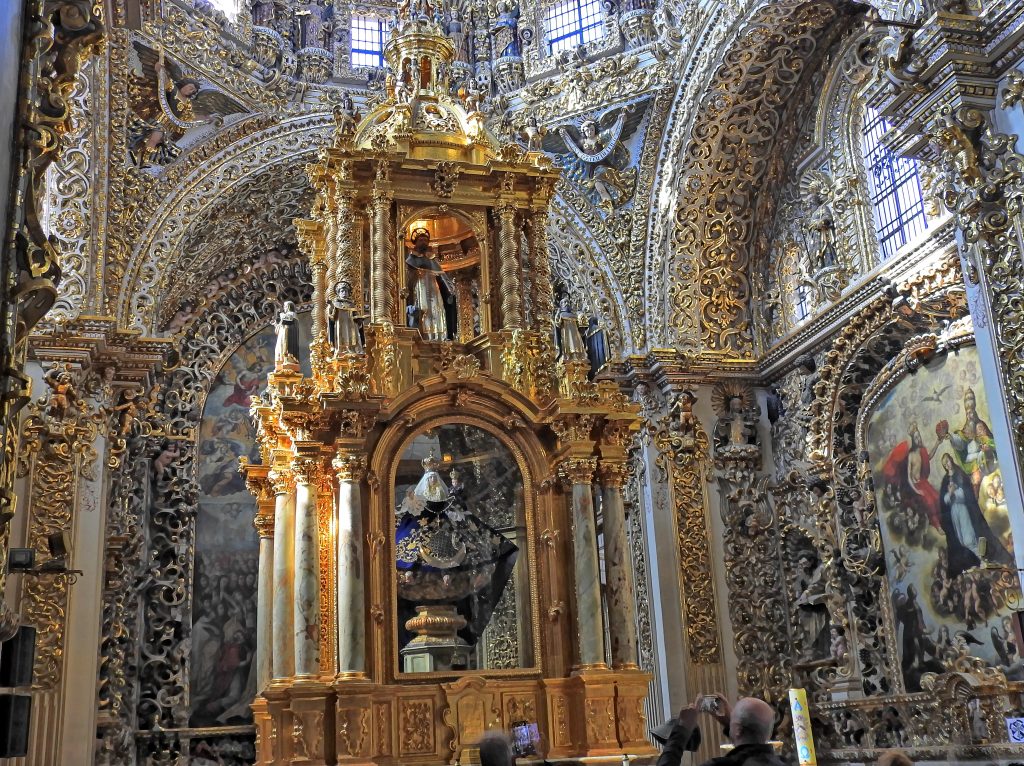
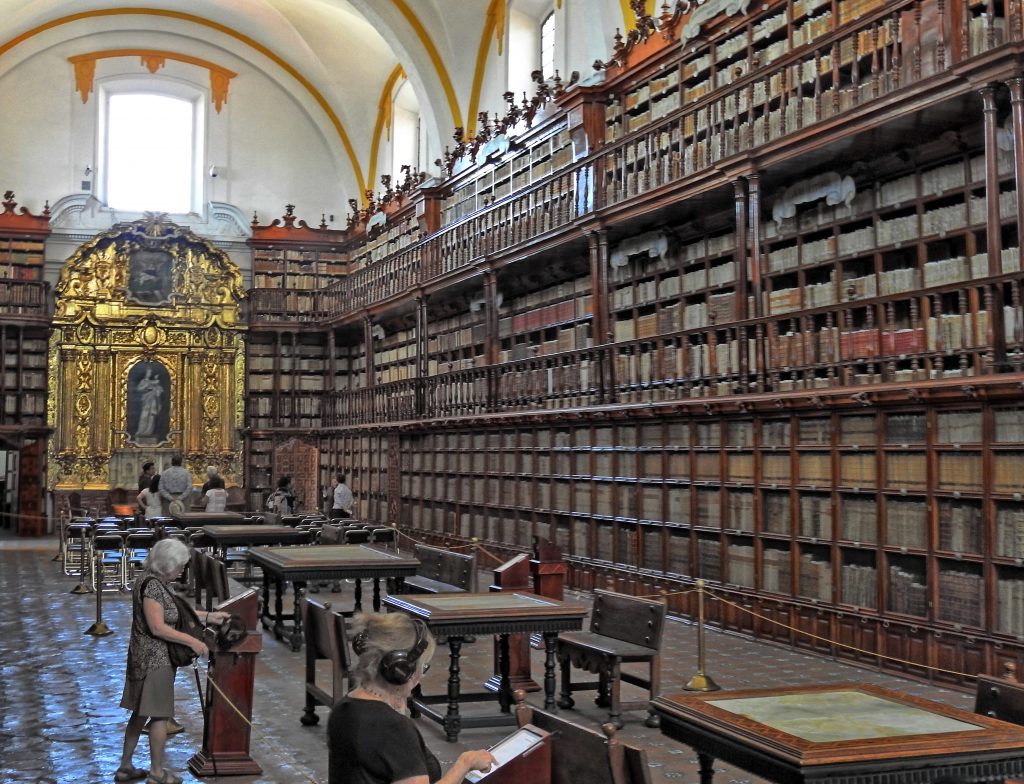

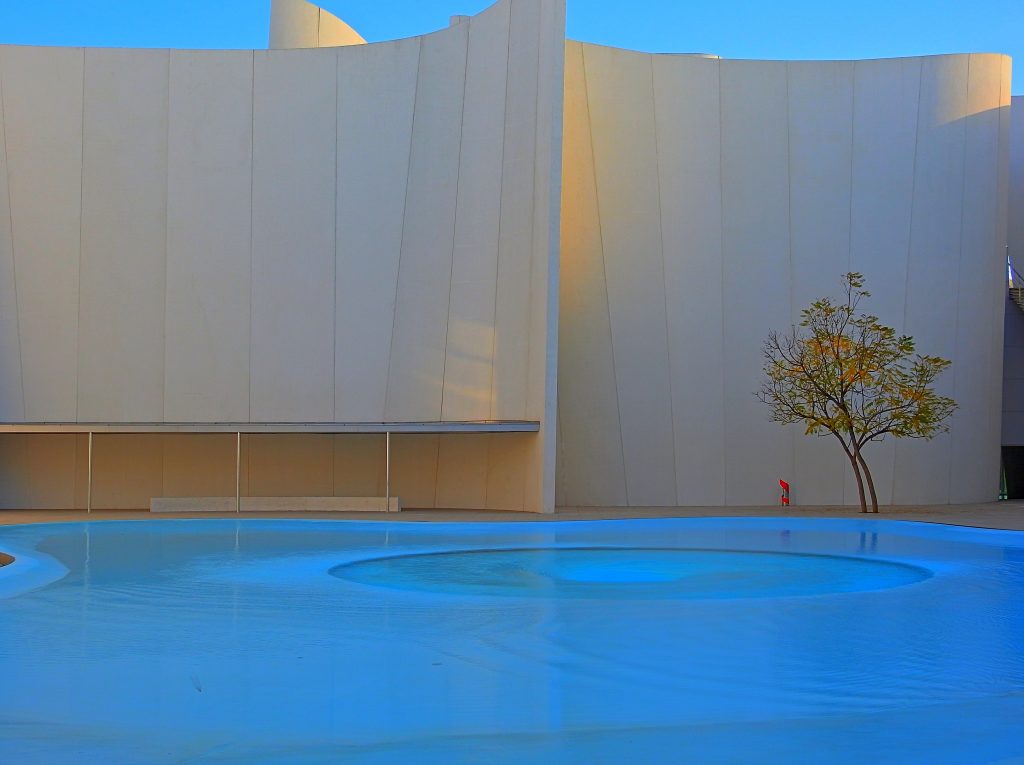


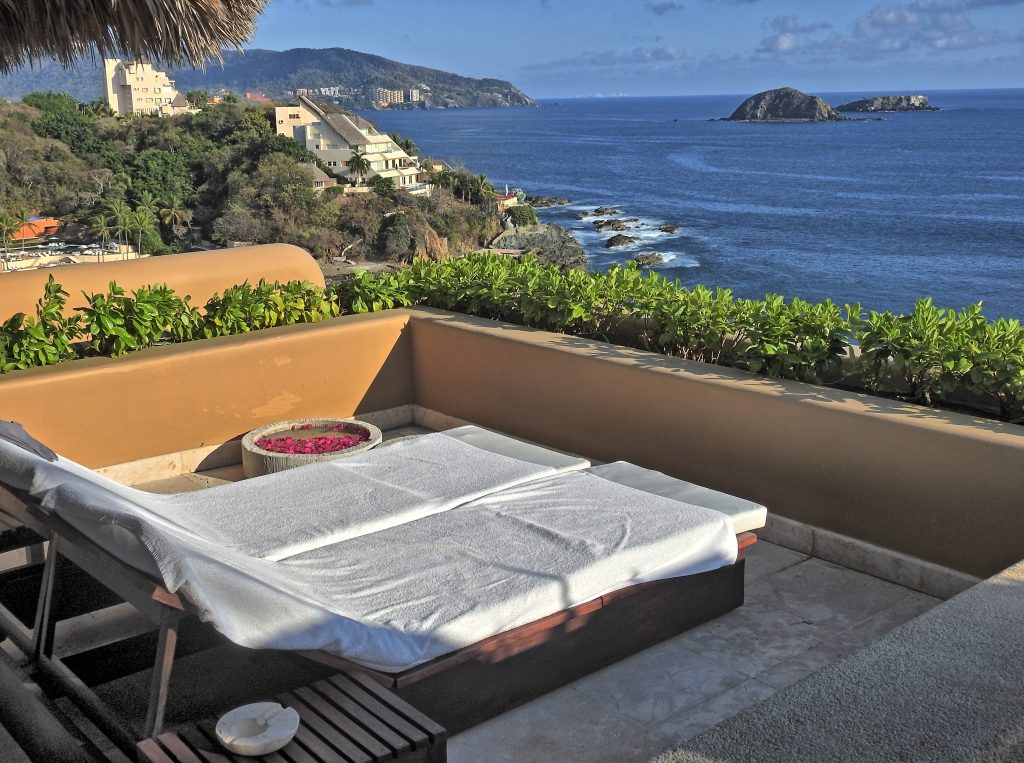
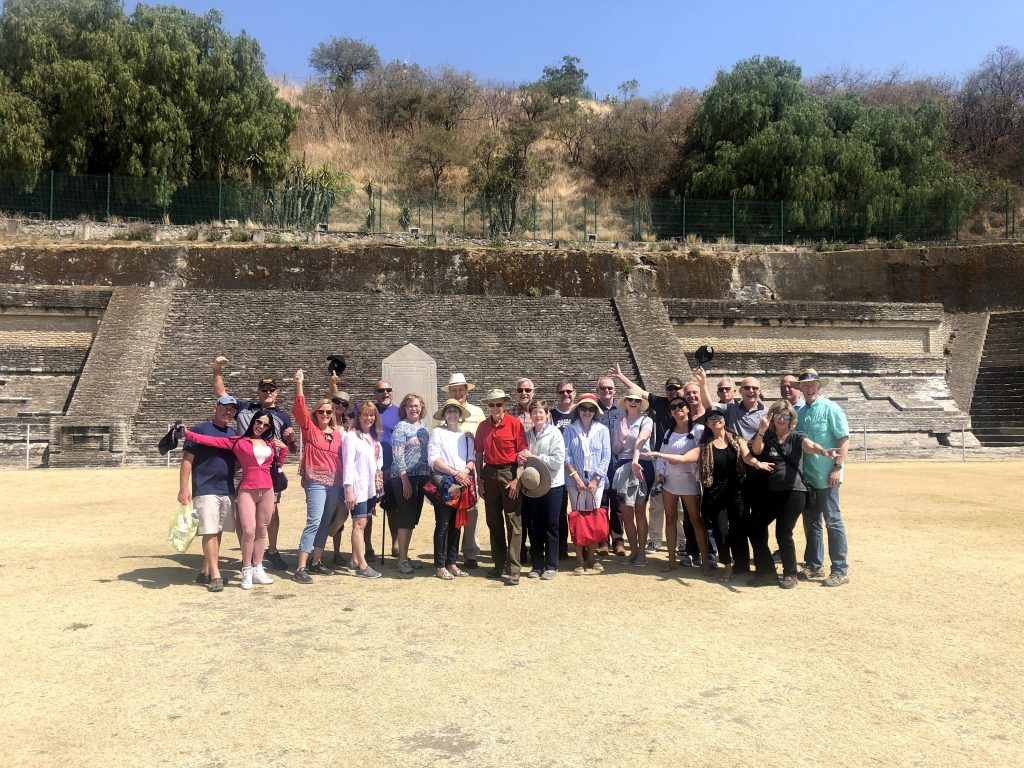
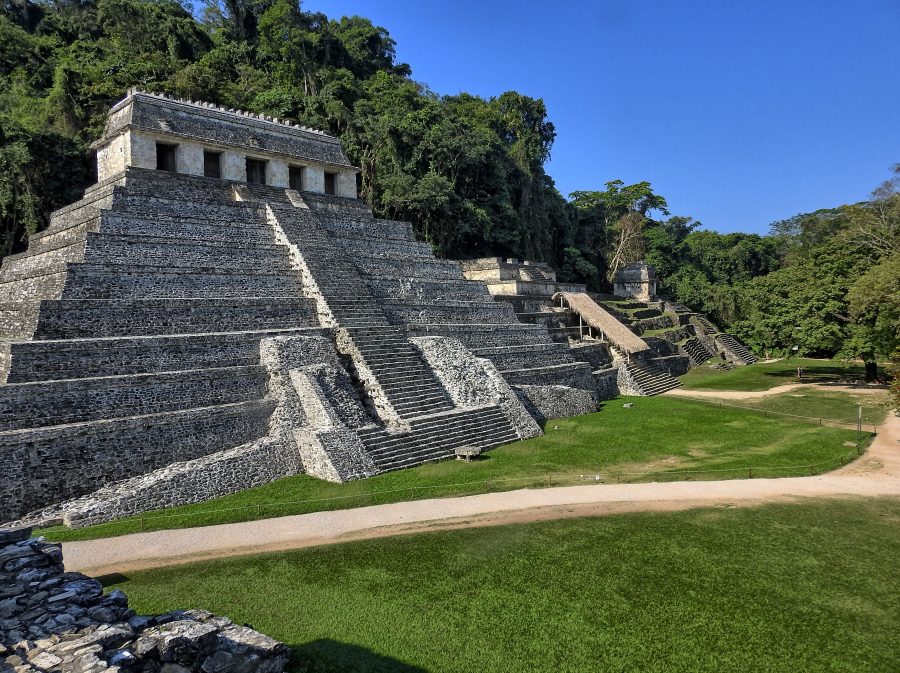
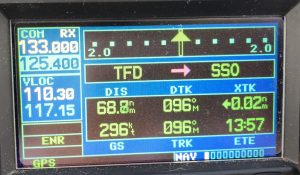 Next day, we flew to McAllen, TX, to meet about half of the group. Mighty tailwinds made it possible to make that flight without a stop, but we wanted to stretch our legs, perhaps also grab a bite and decided to land in Fort Stockton. Coming in on short final I saw barriers on the runway, at about one third. I added power to go over, but the rest of the runway looked fine, so we landed. It turns out there was indeed a NOTAM for runway resurfacing, luckily only the first third of it. Lesson learned: RYFN (Read Your Freaking Notams). Airport was deserted, so we took gas and a granola bar and left.
Next day, we flew to McAllen, TX, to meet about half of the group. Mighty tailwinds made it possible to make that flight without a stop, but we wanted to stretch our legs, perhaps also grab a bite and decided to land in Fort Stockton. Coming in on short final I saw barriers on the runway, at about one third. I added power to go over, but the rest of the runway looked fine, so we landed. It turns out there was indeed a NOTAM for runway resurfacing, luckily only the first third of it. Lesson learned: RYFN (Read Your Freaking Notams). Airport was deserted, so we took gas and a granola bar and left. There isn’t much to say about McAllen, other than it is a convenient launch point for Mexico and allowed us a direct flight to Oaxaca, our first destination. On the way, we could admire Citlaltépetl volcano, the highest peak in Mexico.
There isn’t much to say about McAllen, other than it is a convenient launch point for Mexico and allowed us a direct flight to Oaxaca, our first destination. On the way, we could admire Citlaltépetl volcano, the highest peak in Mexico.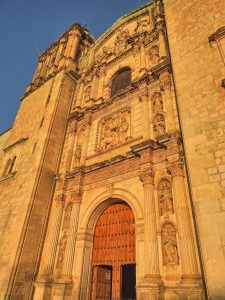

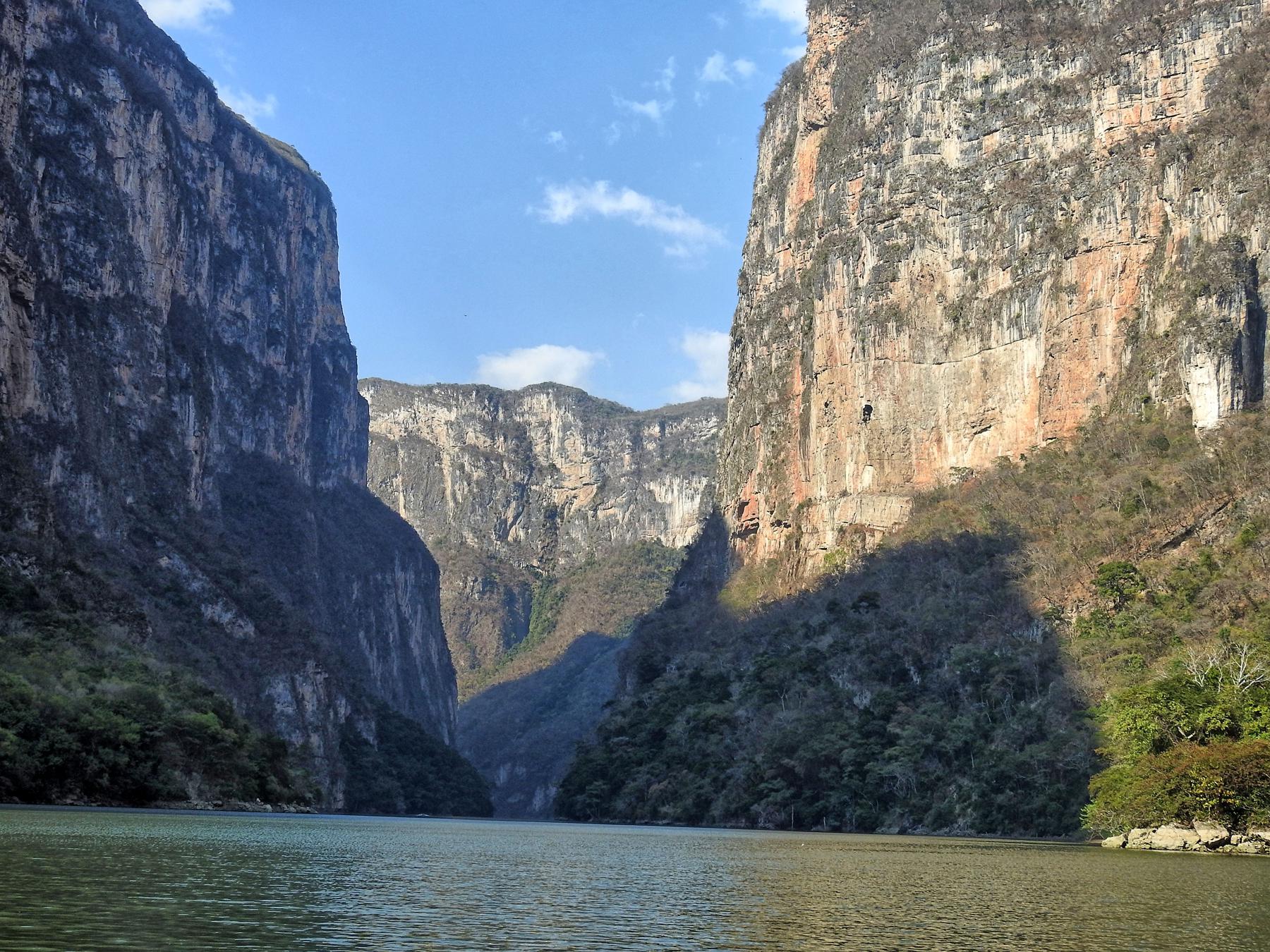
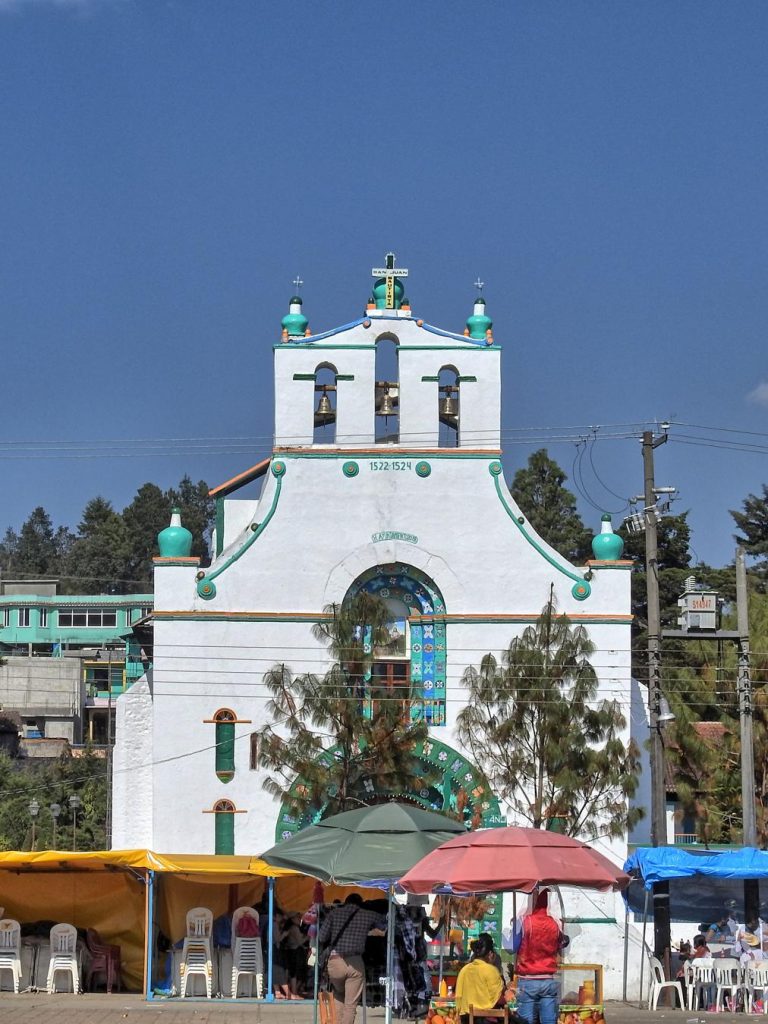 The most interesting and intriguing place to visit is actually 6 miles outside of the city, the Tzotil town of
The most interesting and intriguing place to visit is actually 6 miles outside of the city, the Tzotil town of 